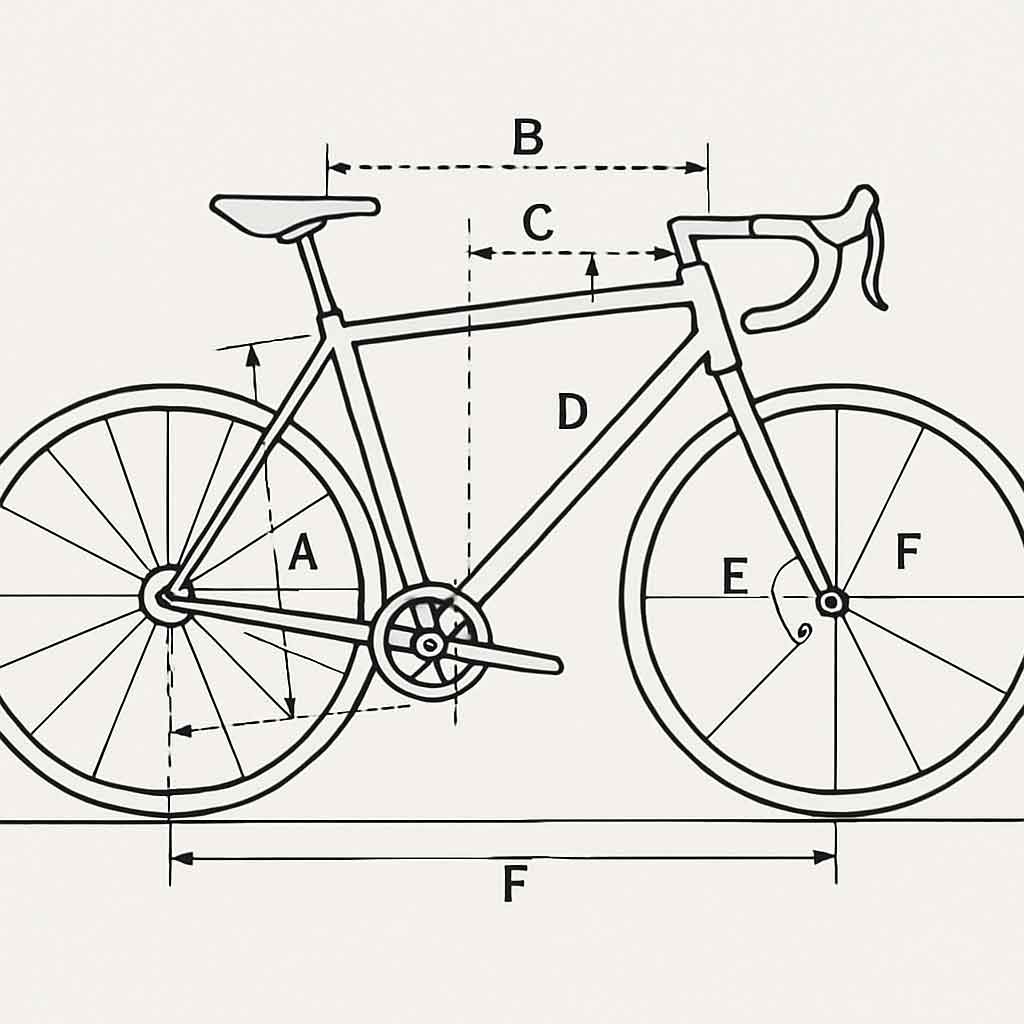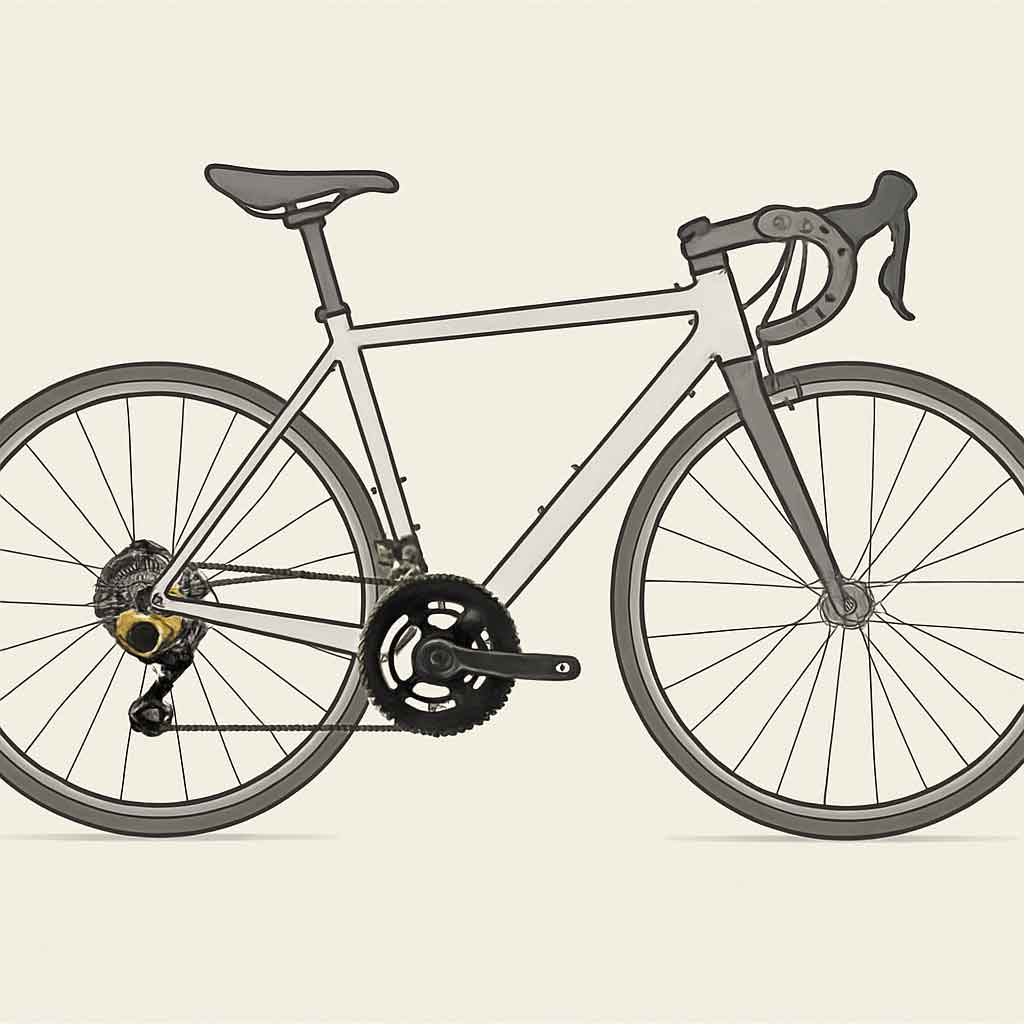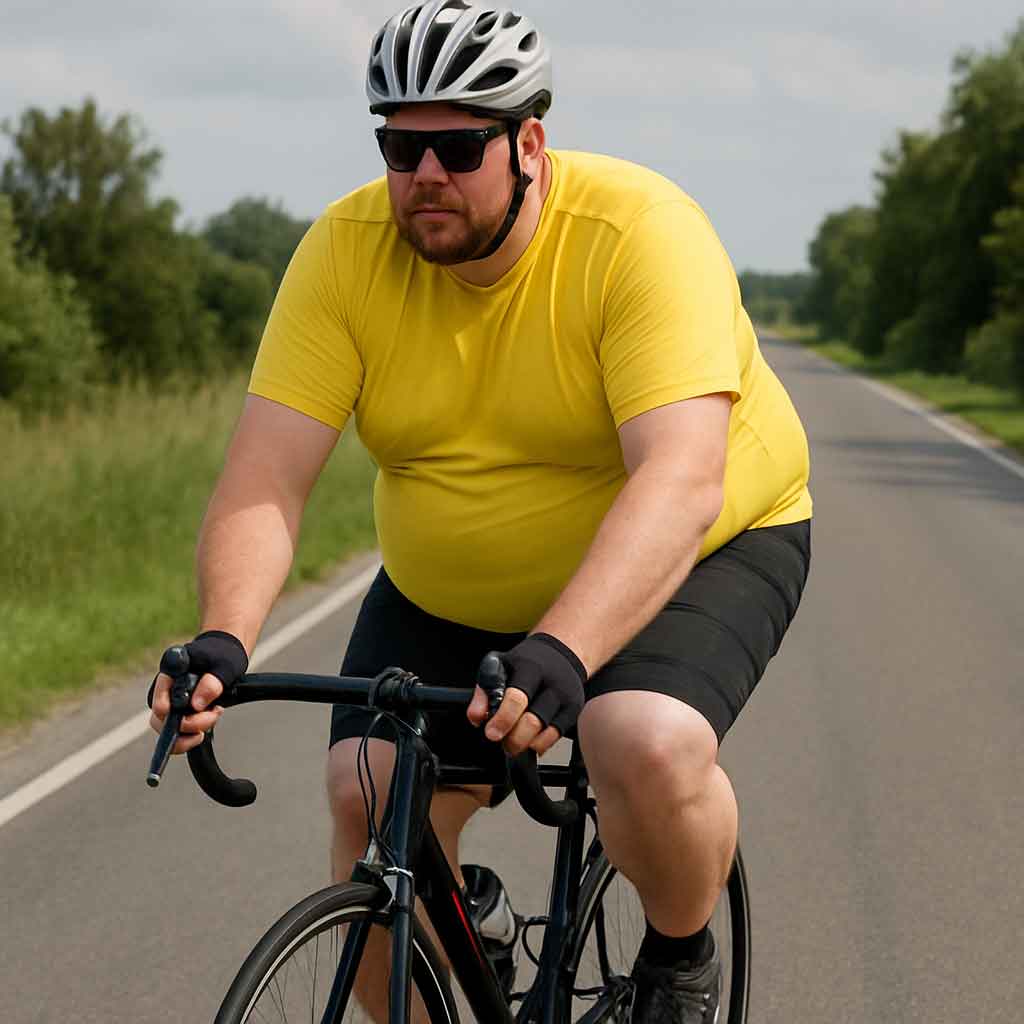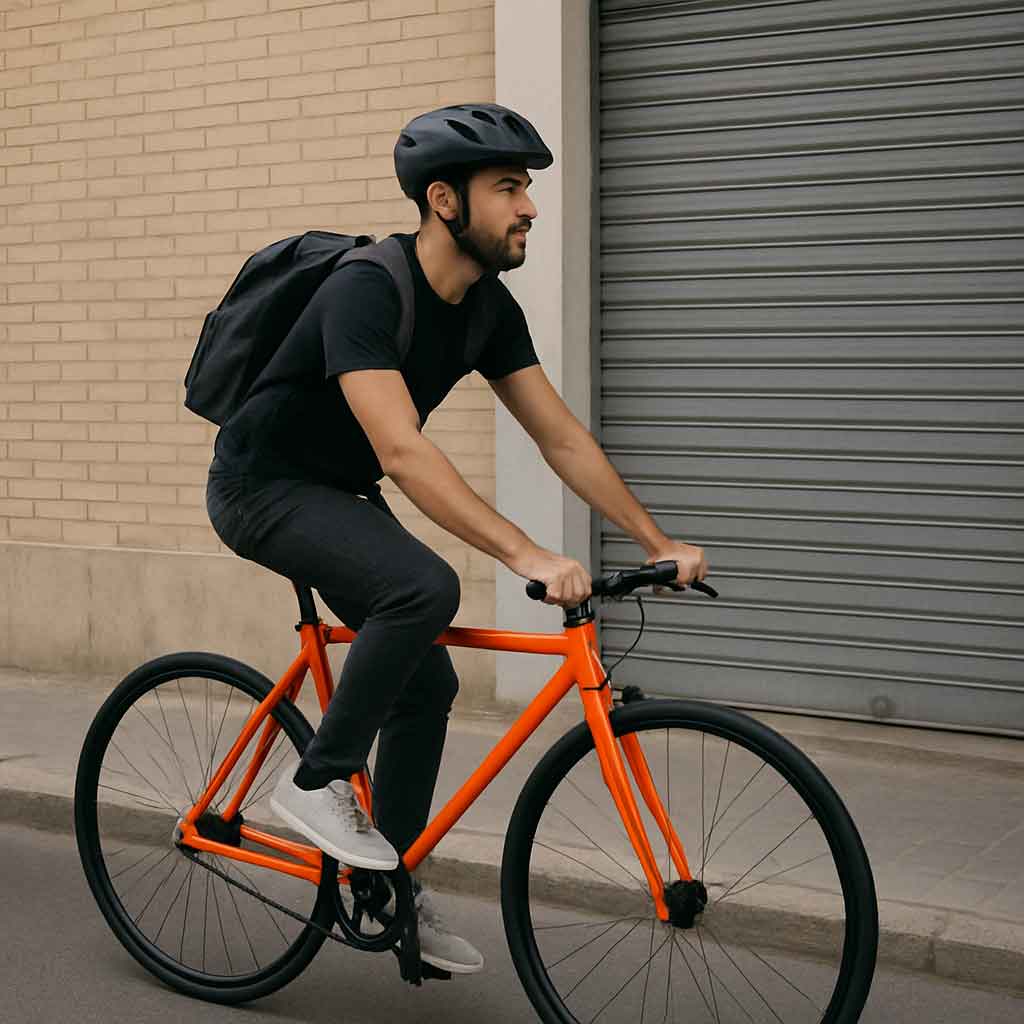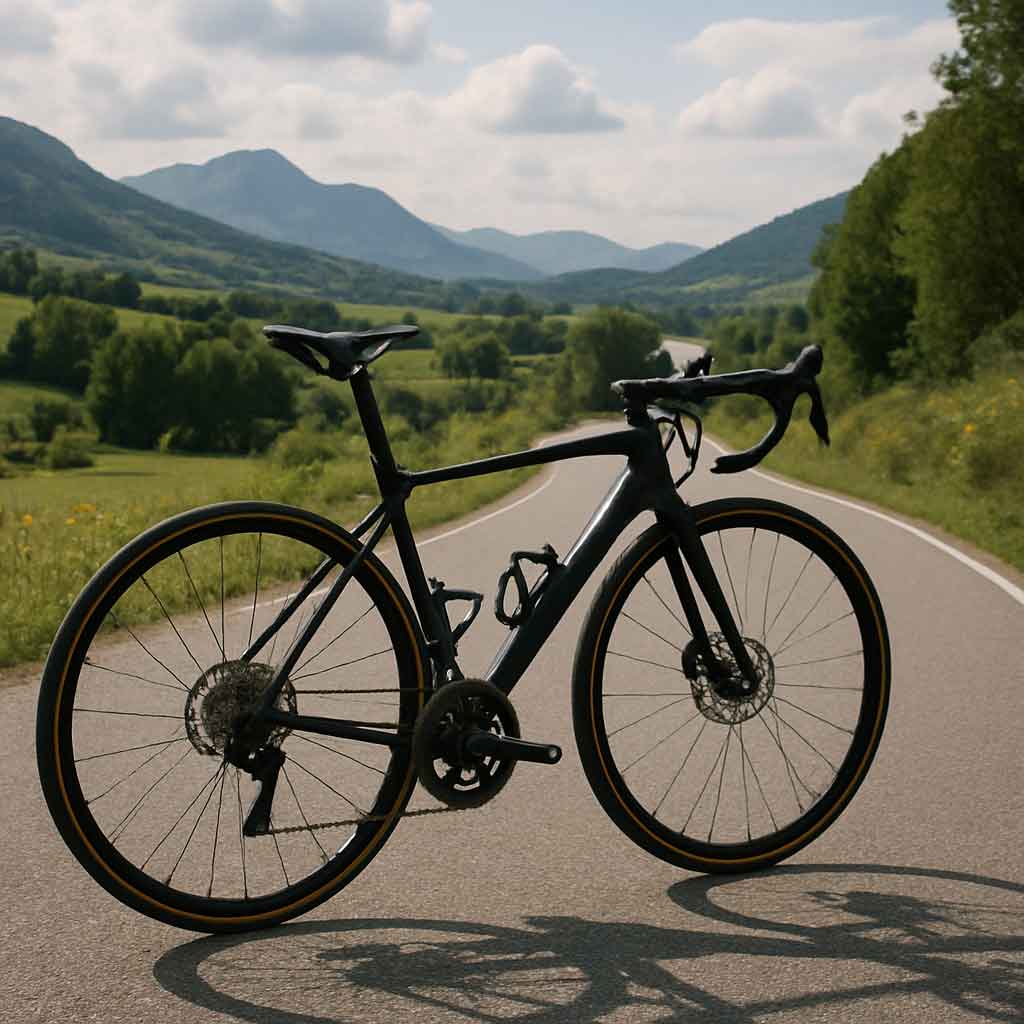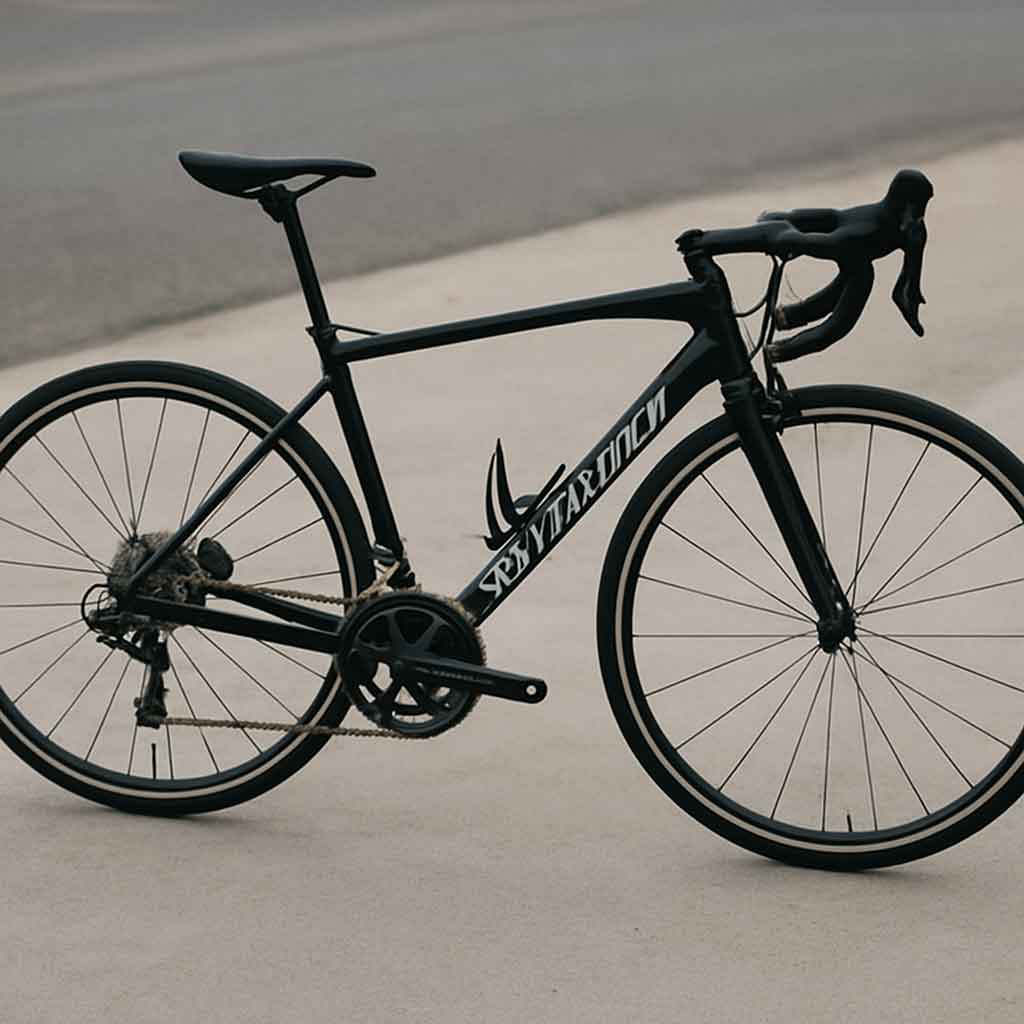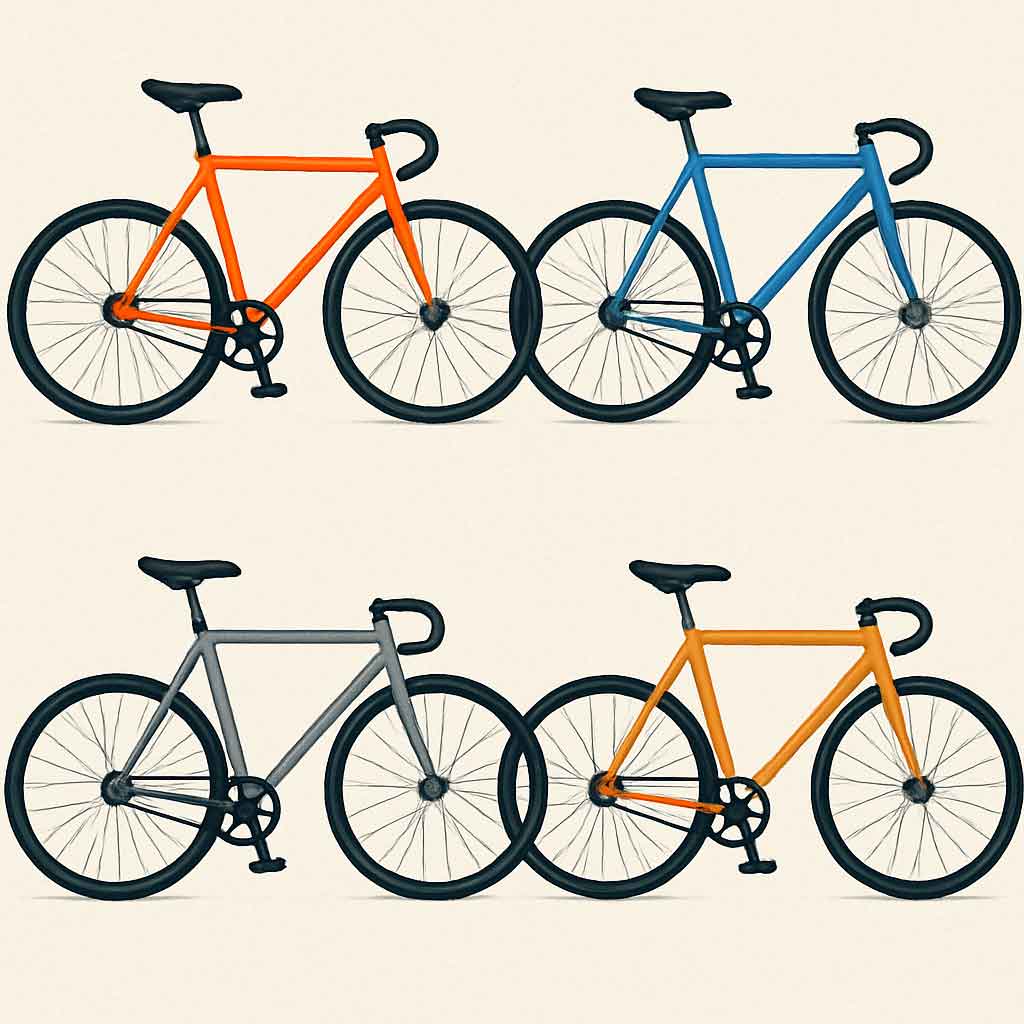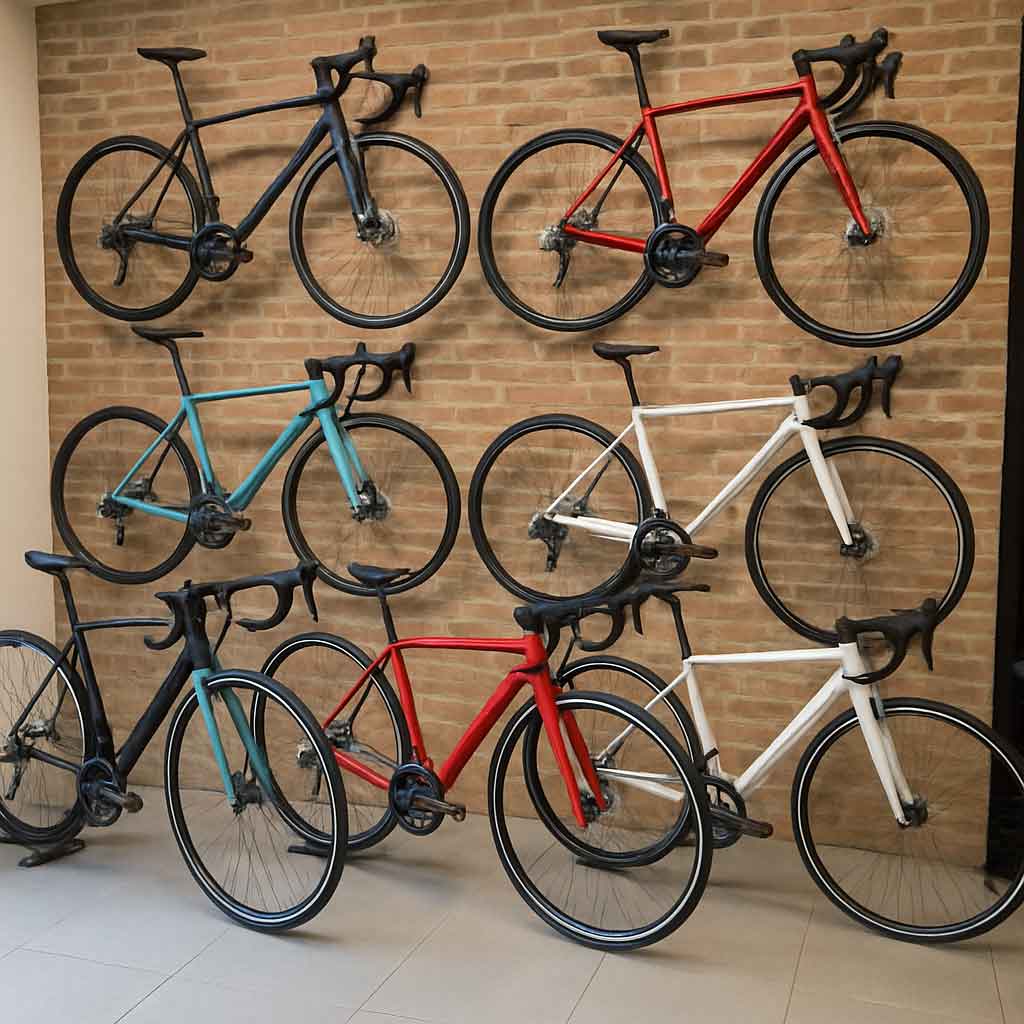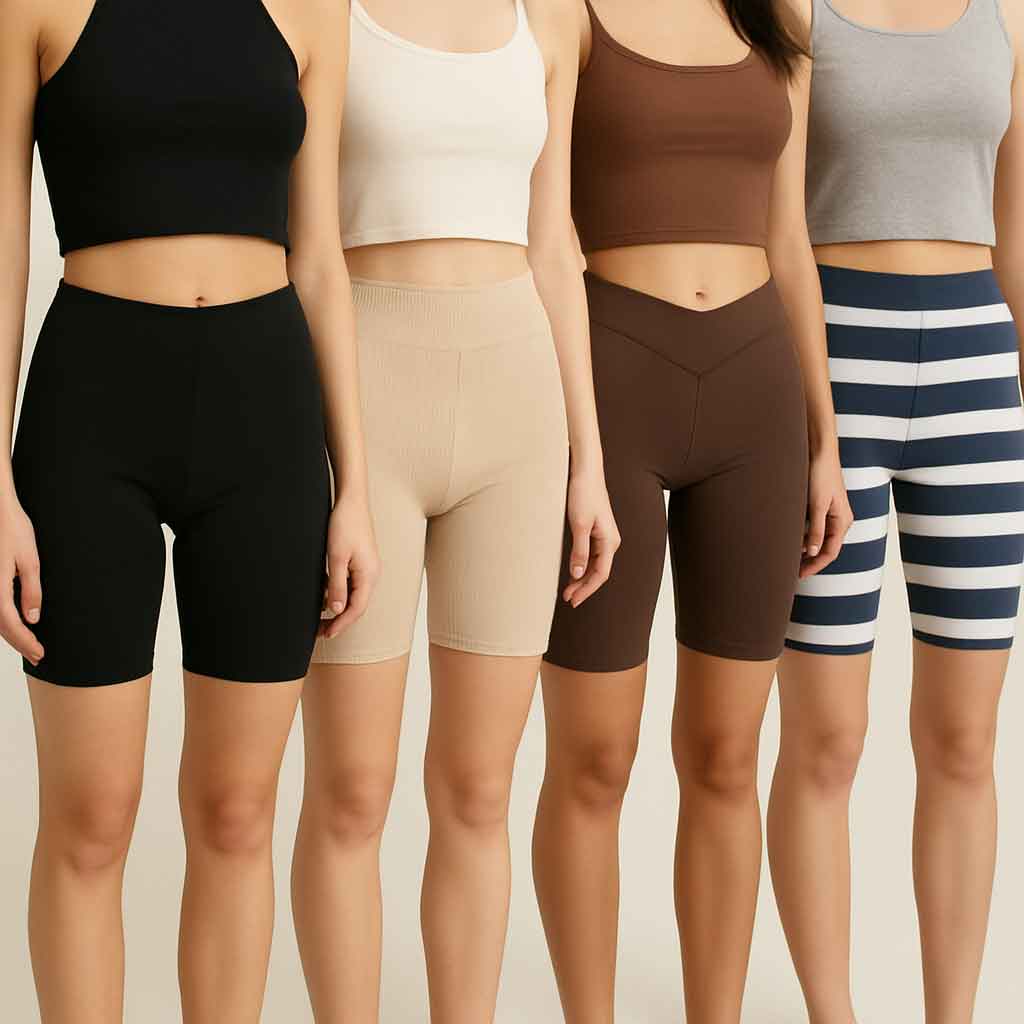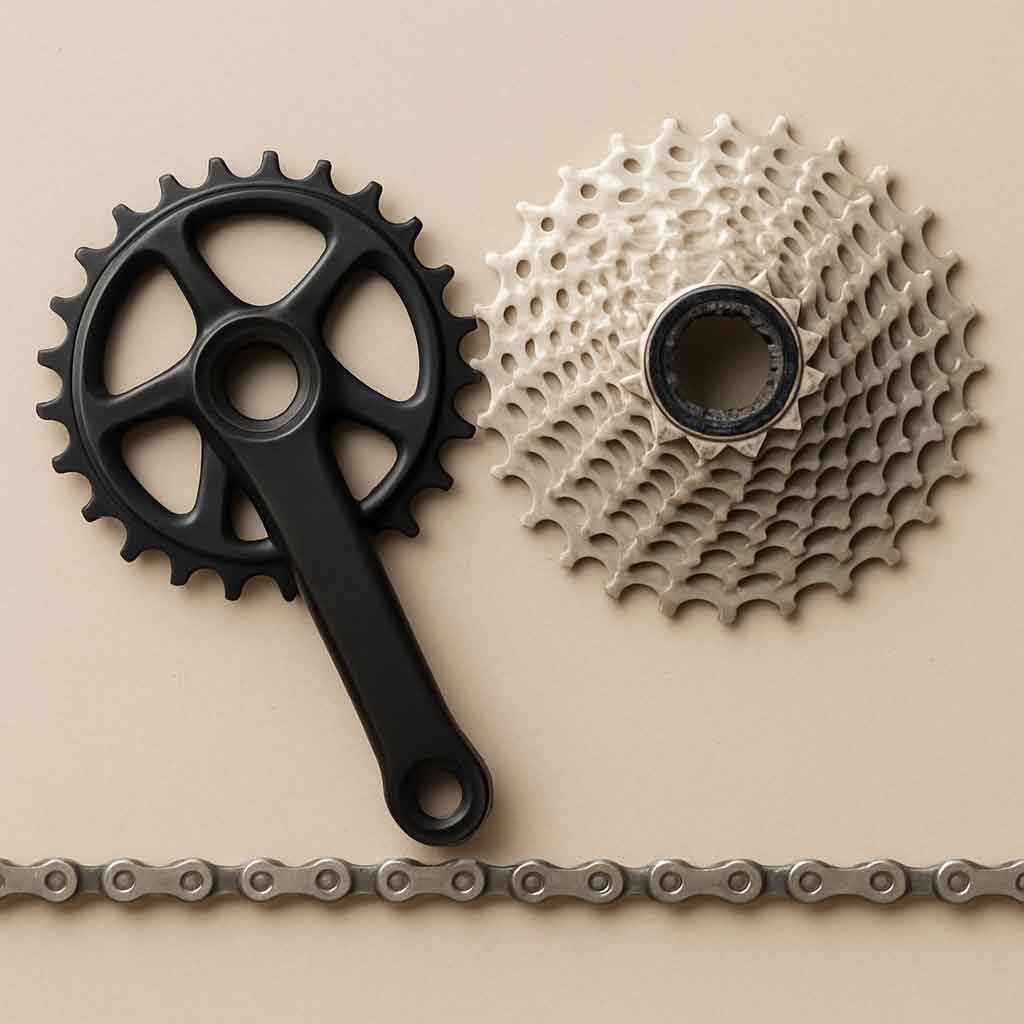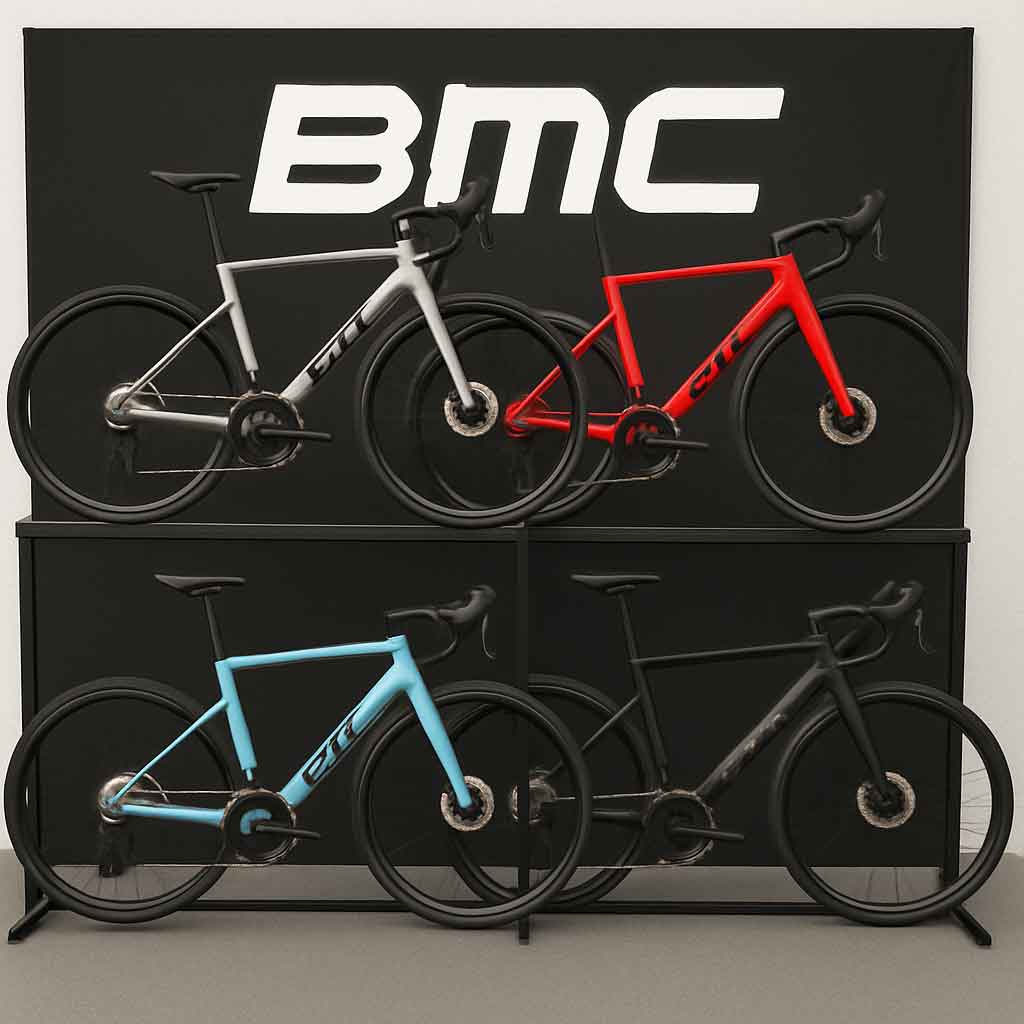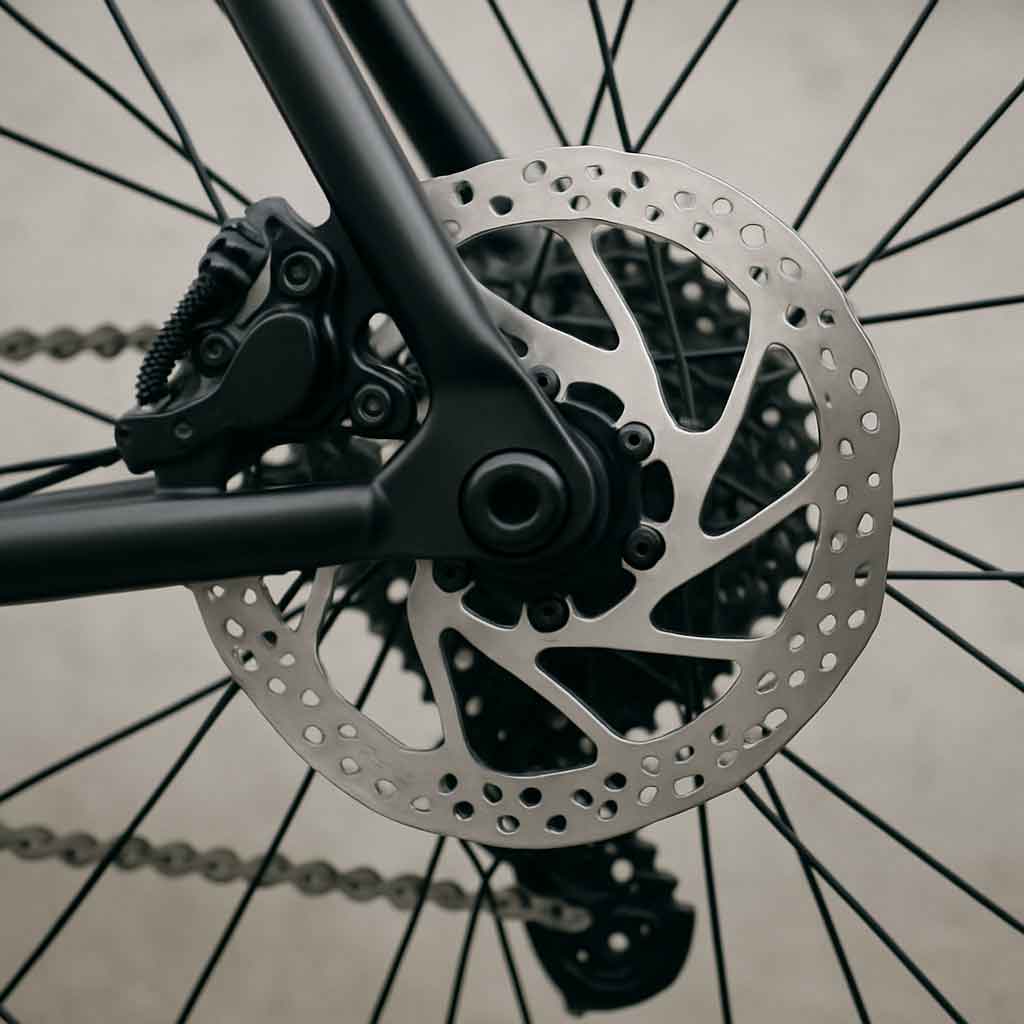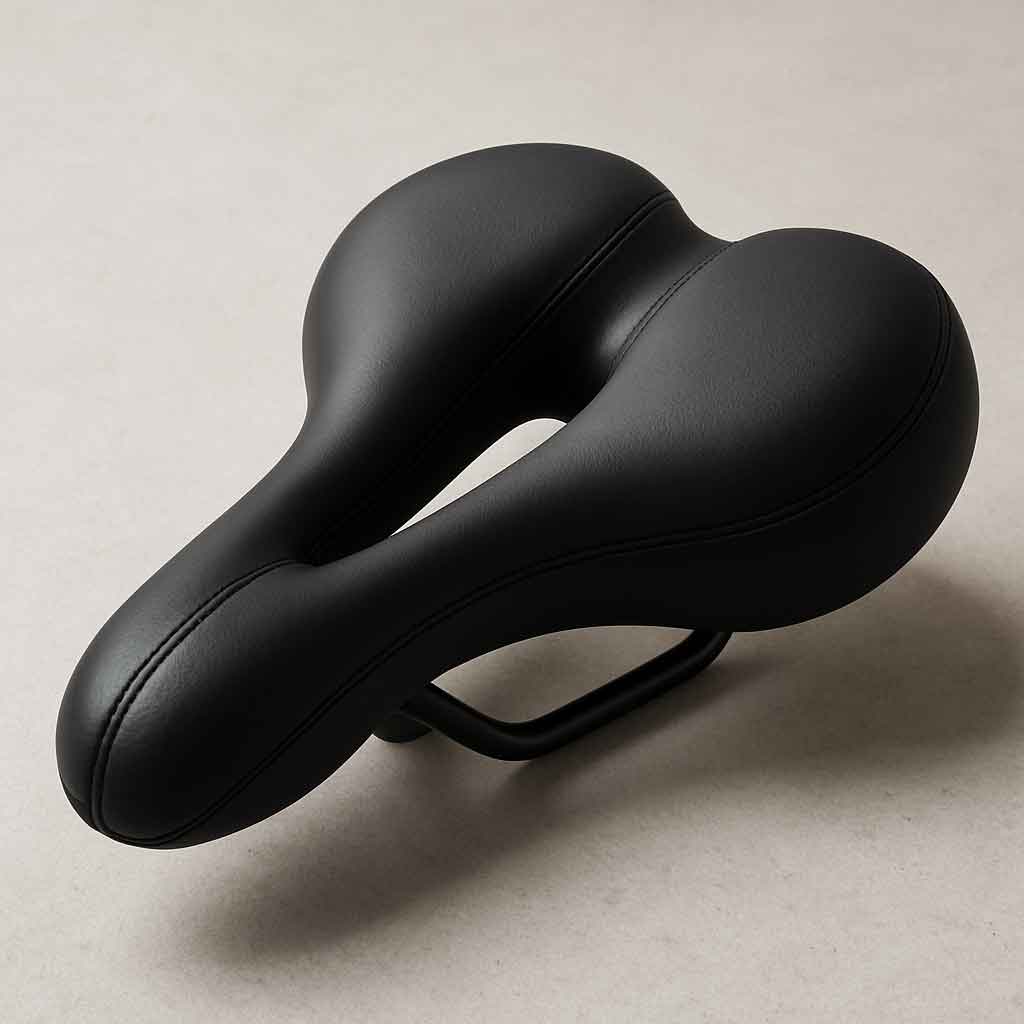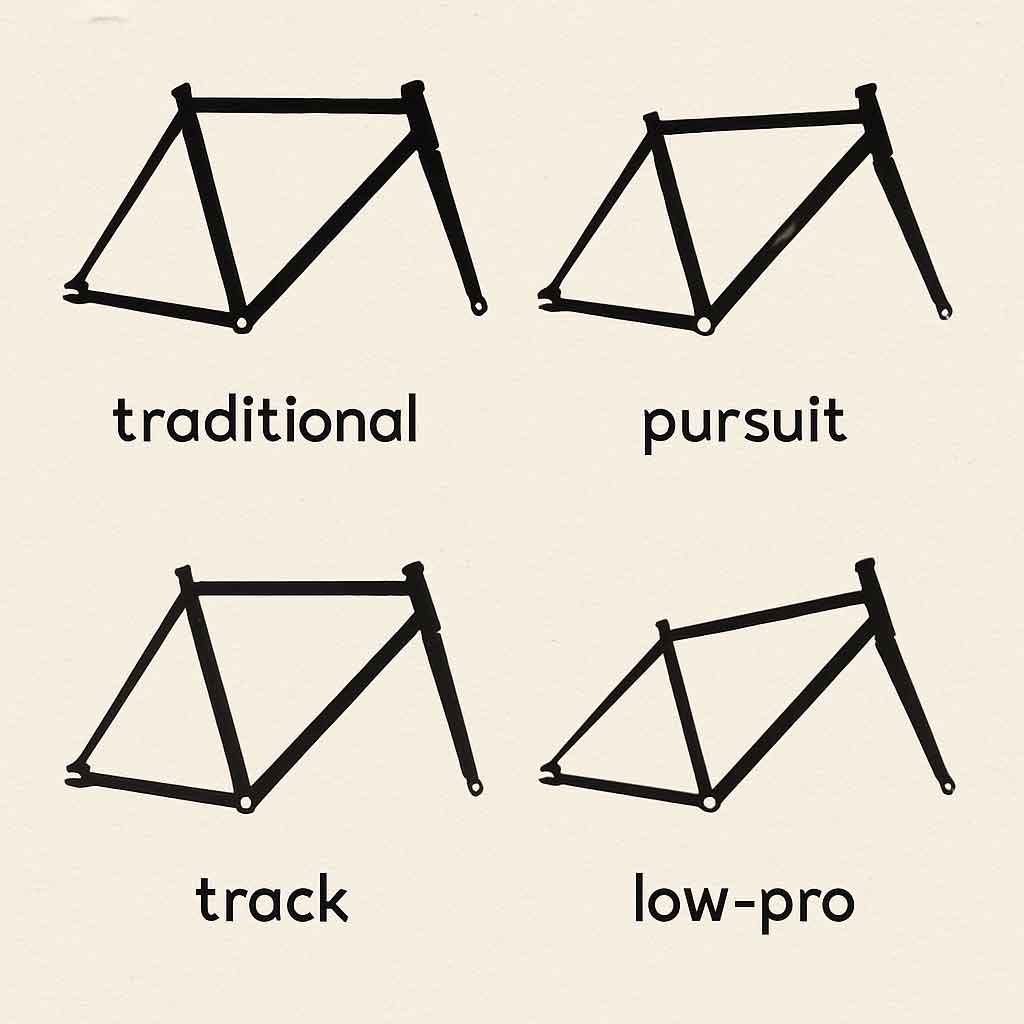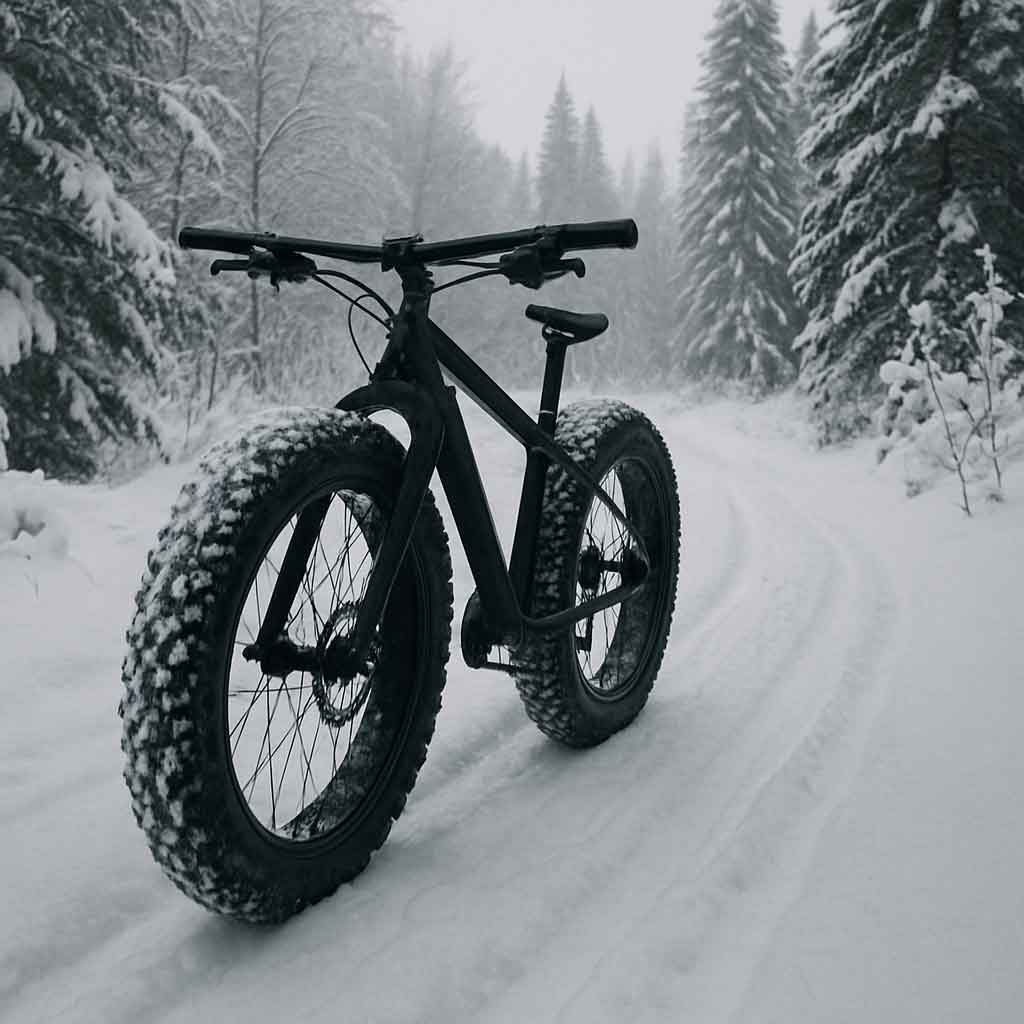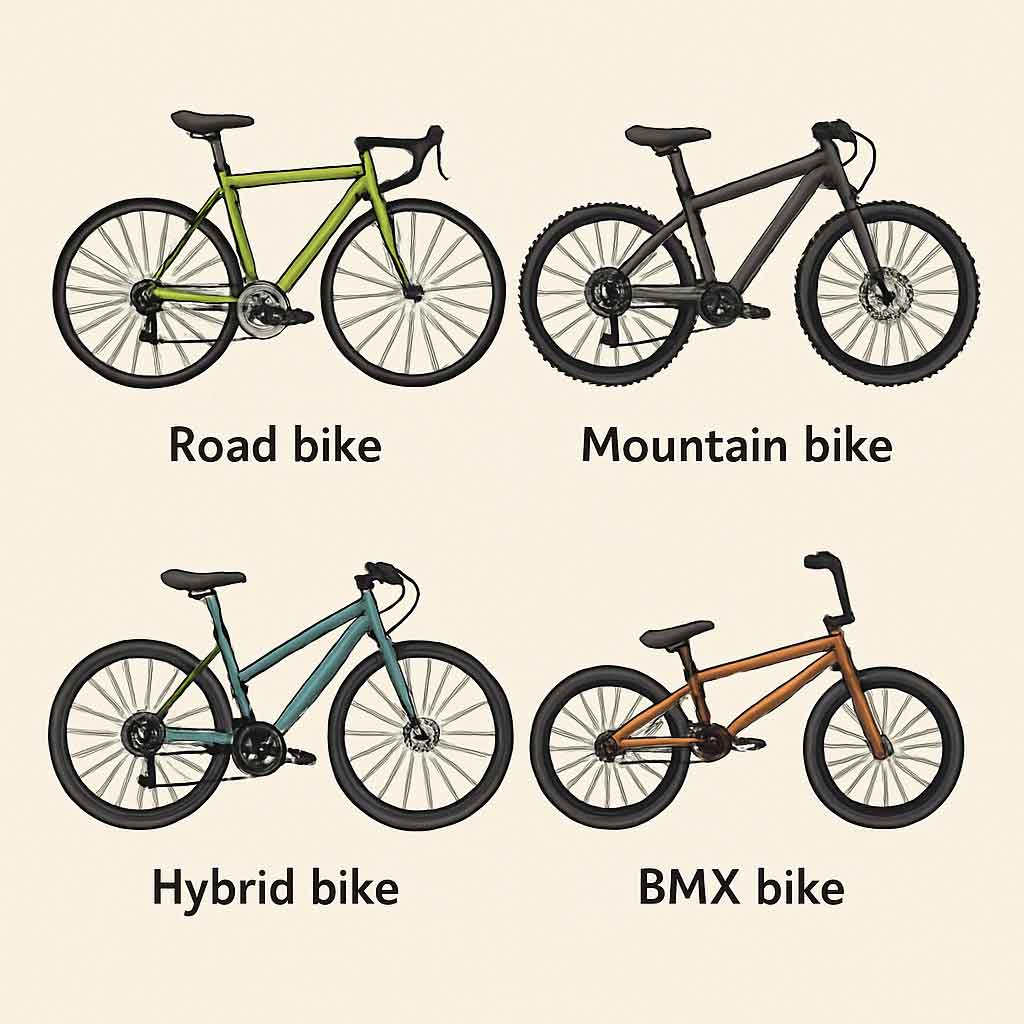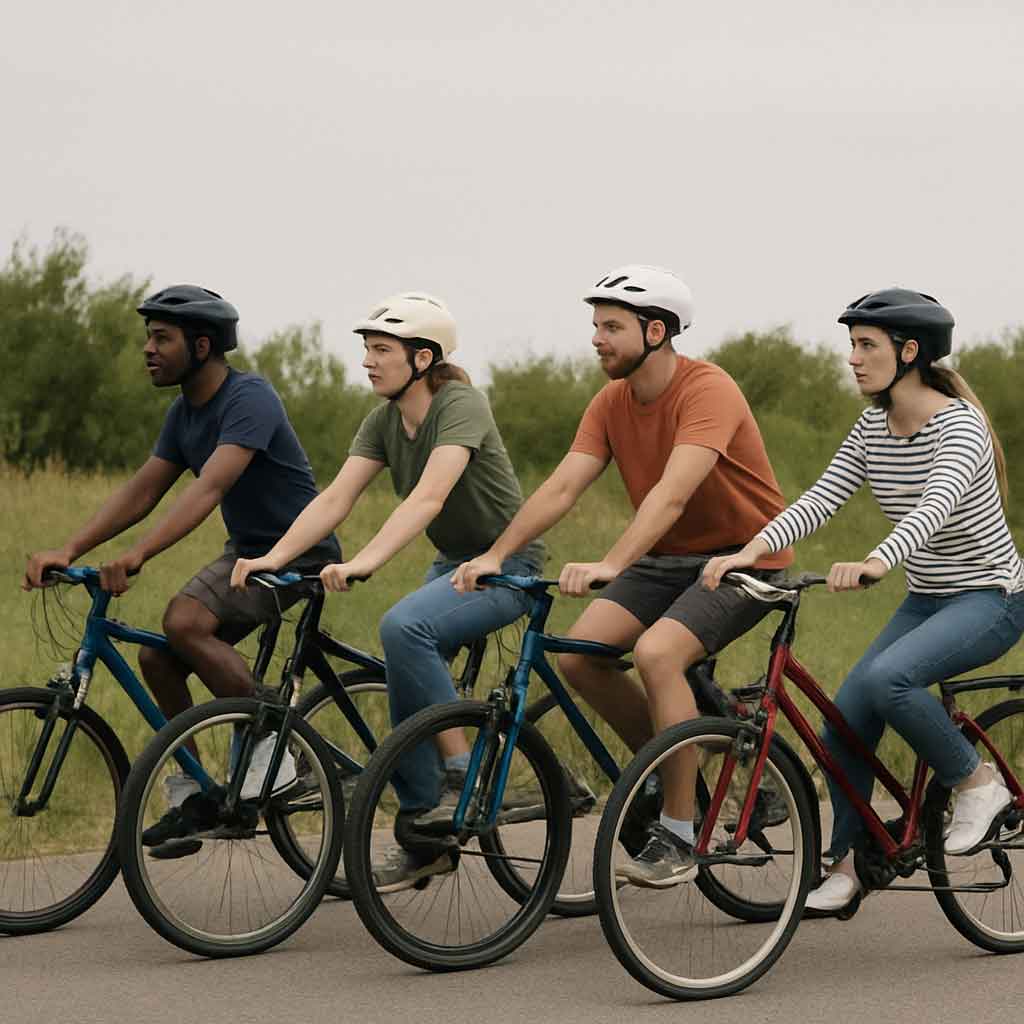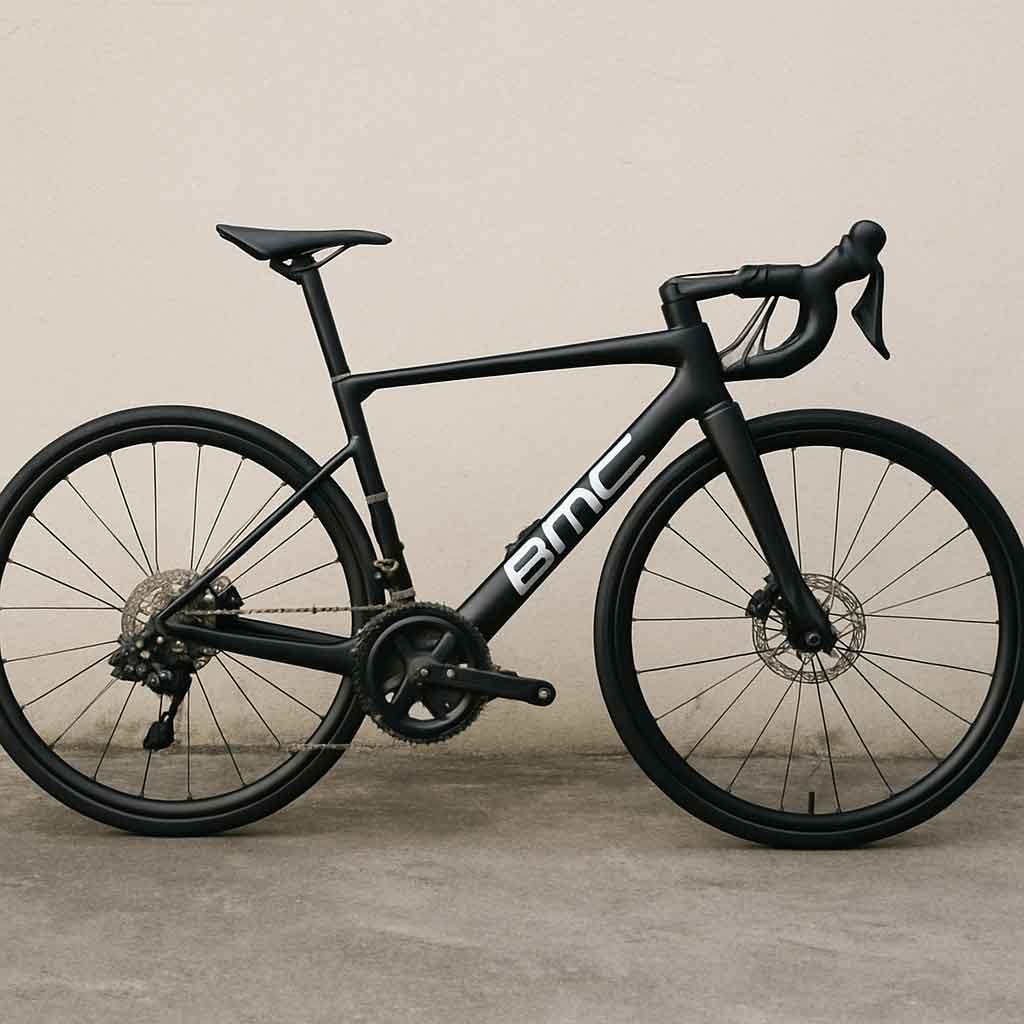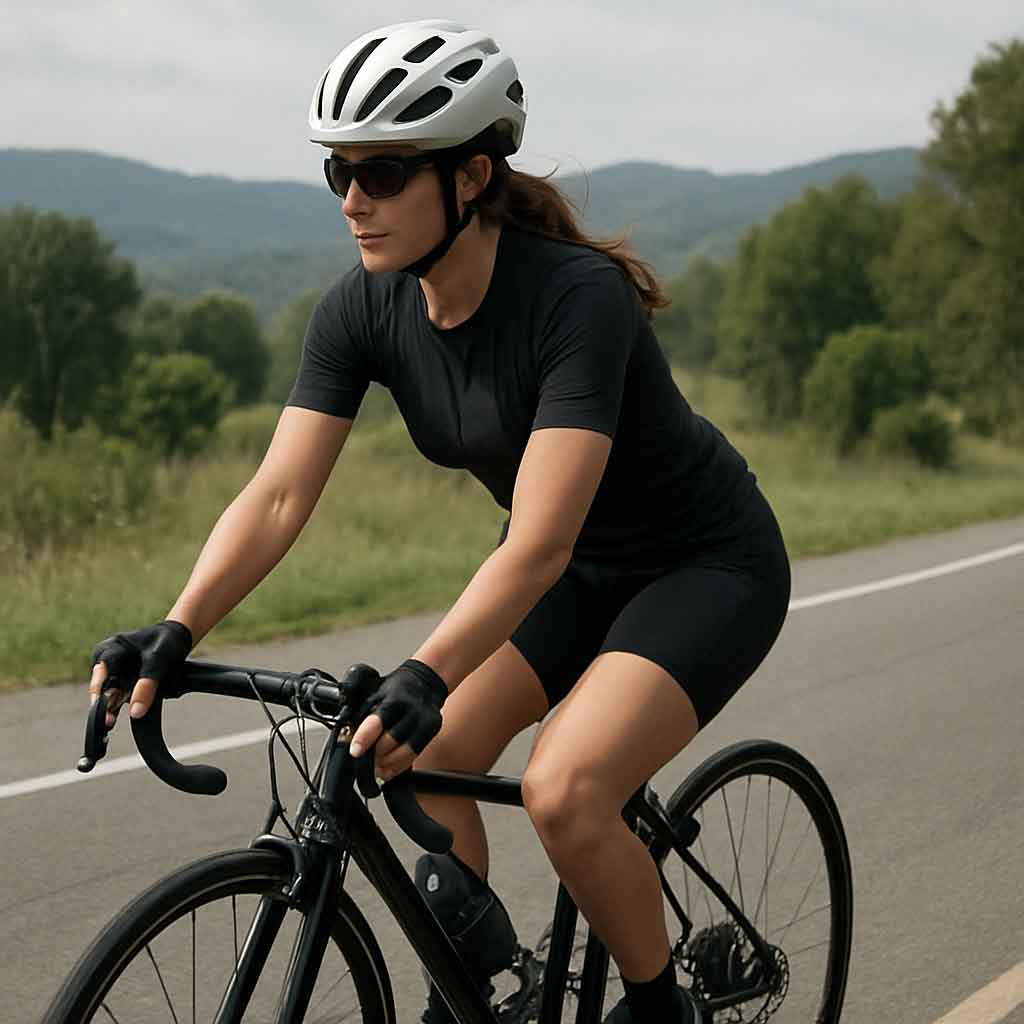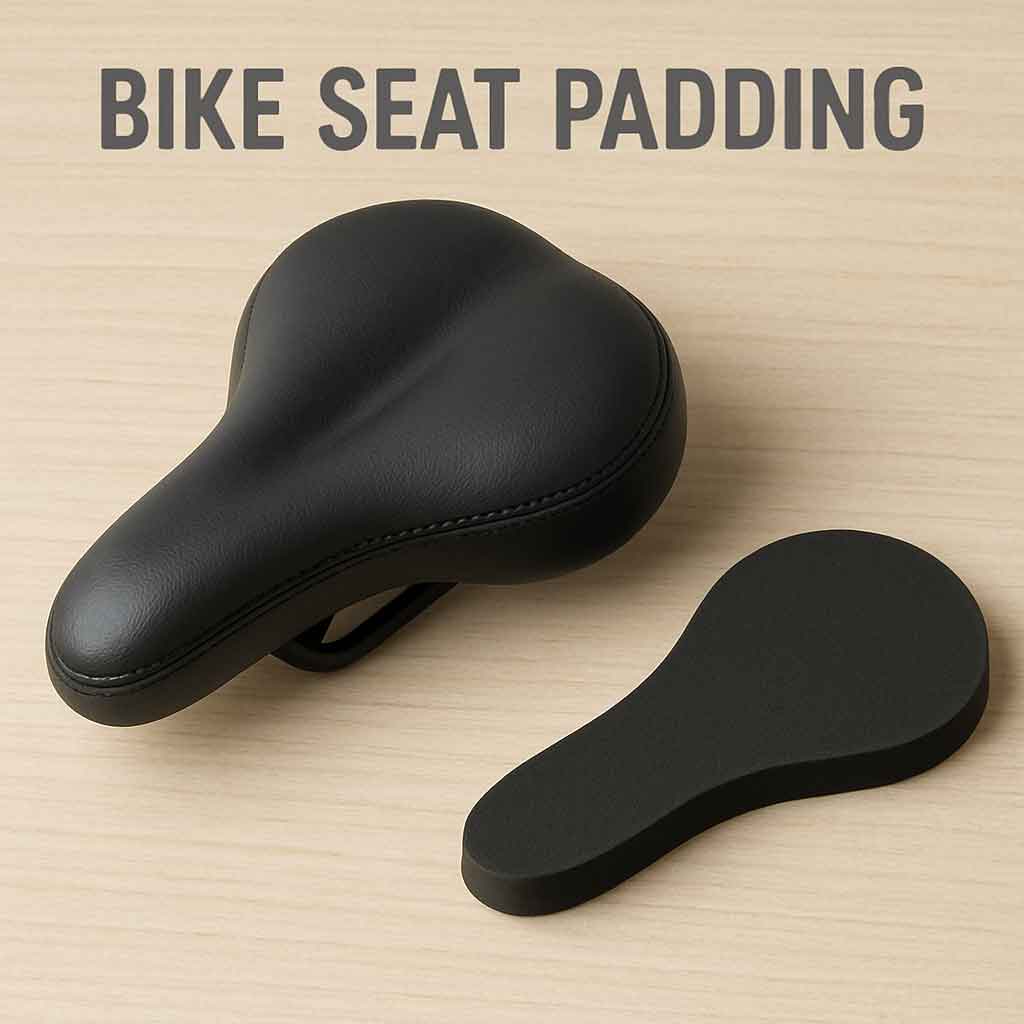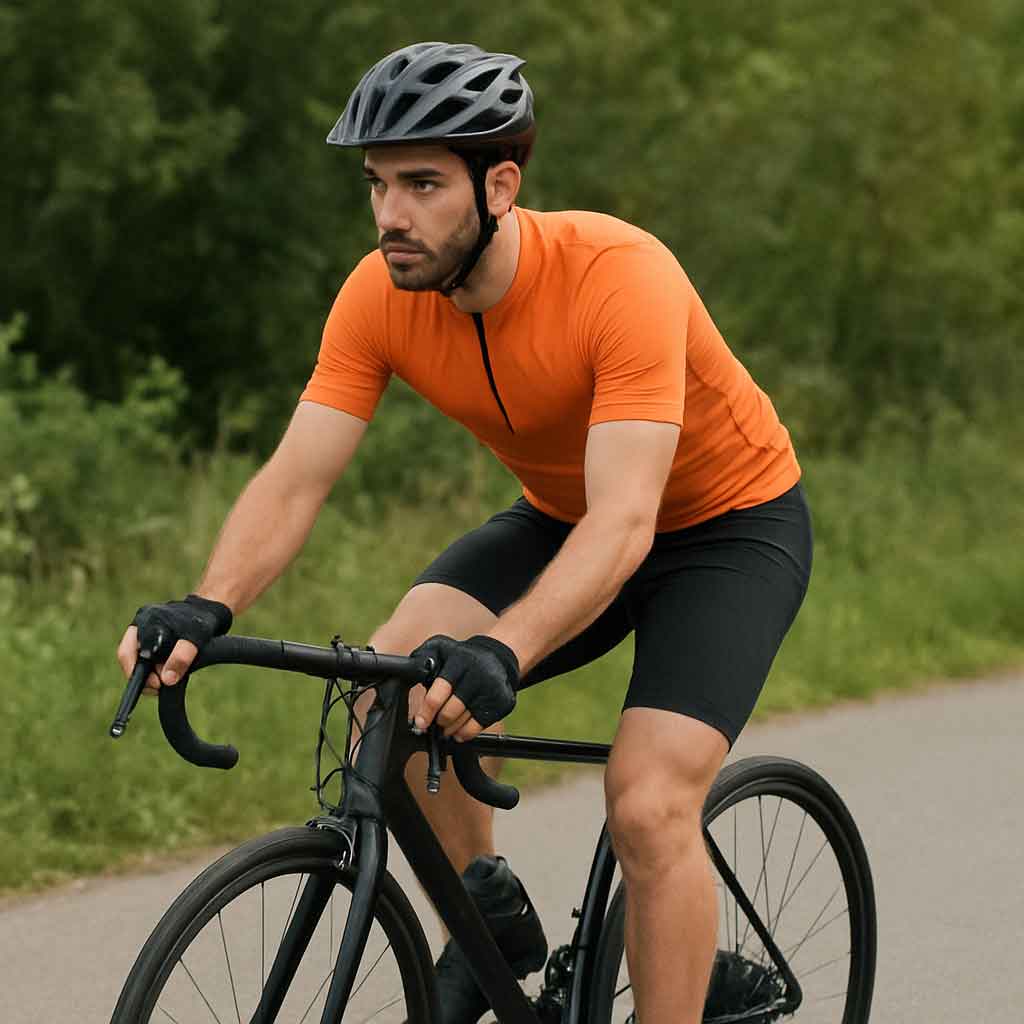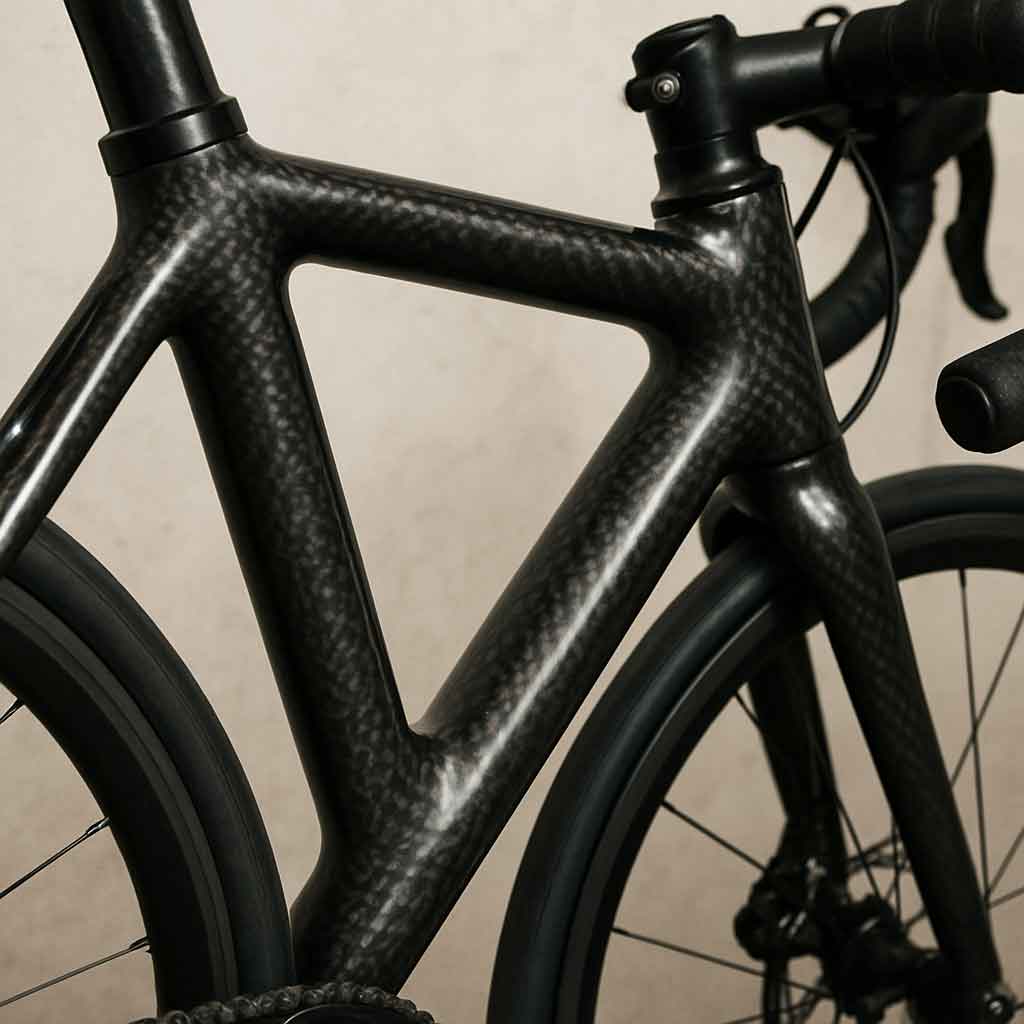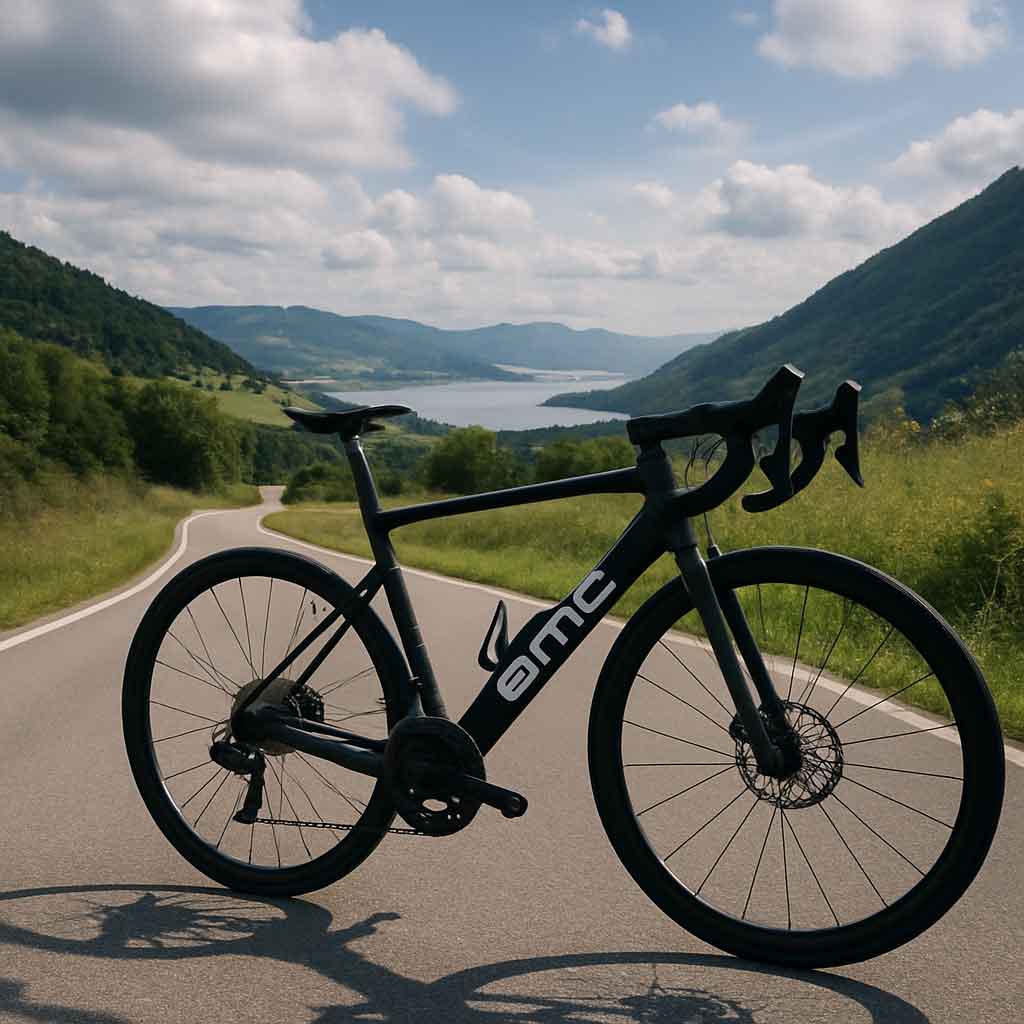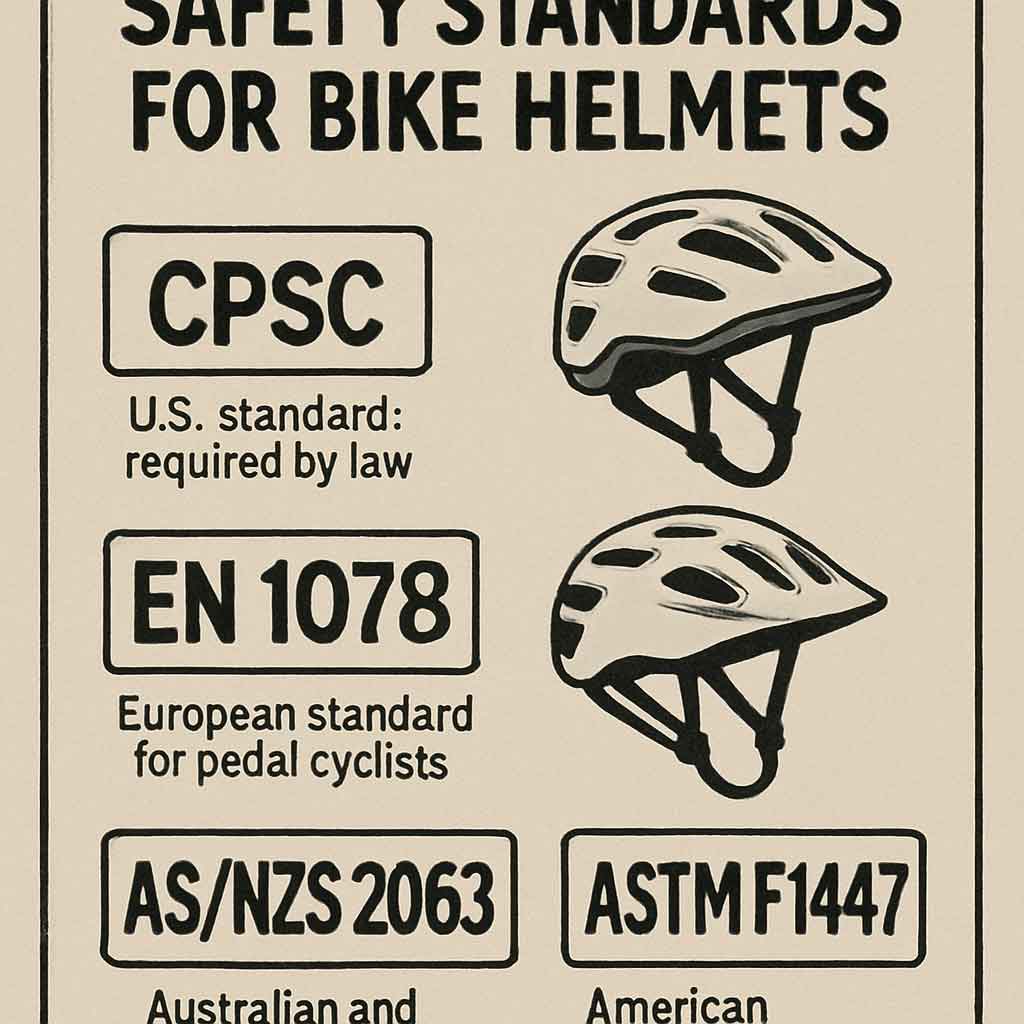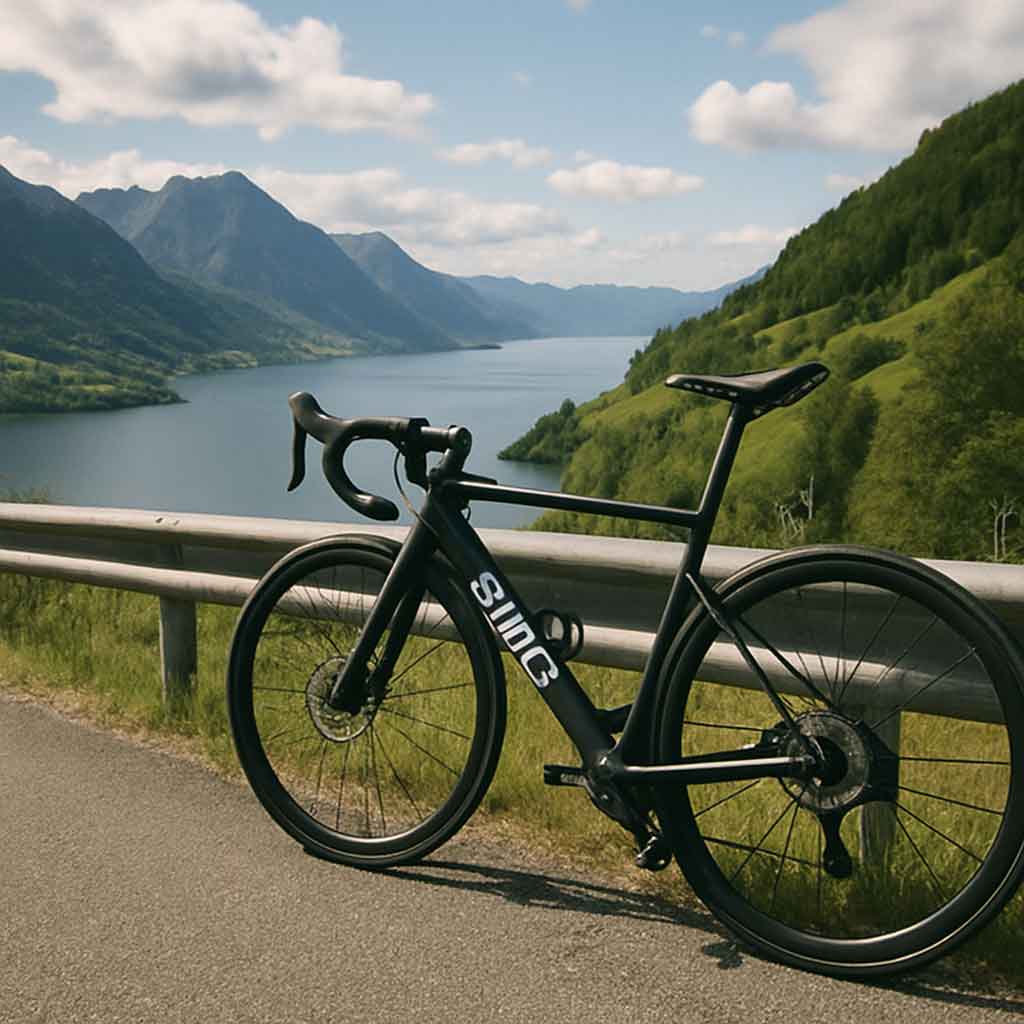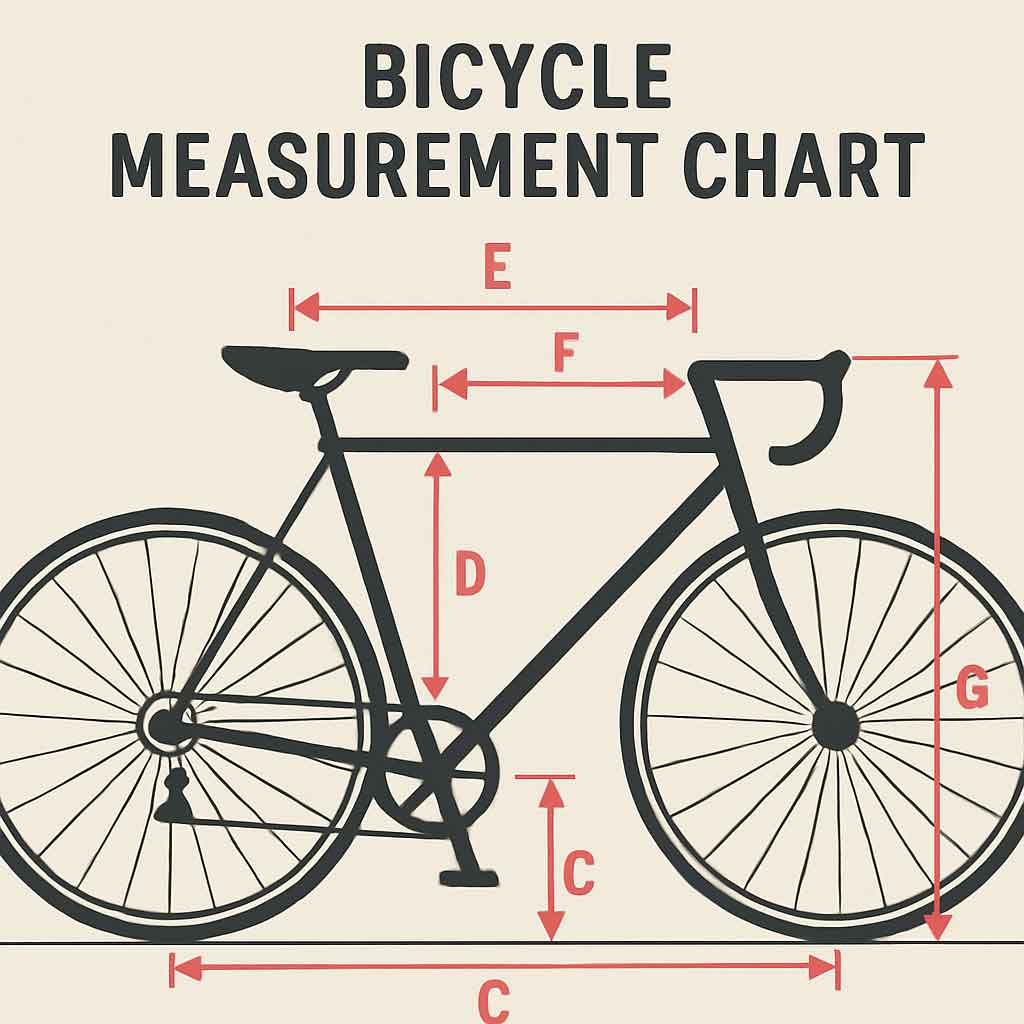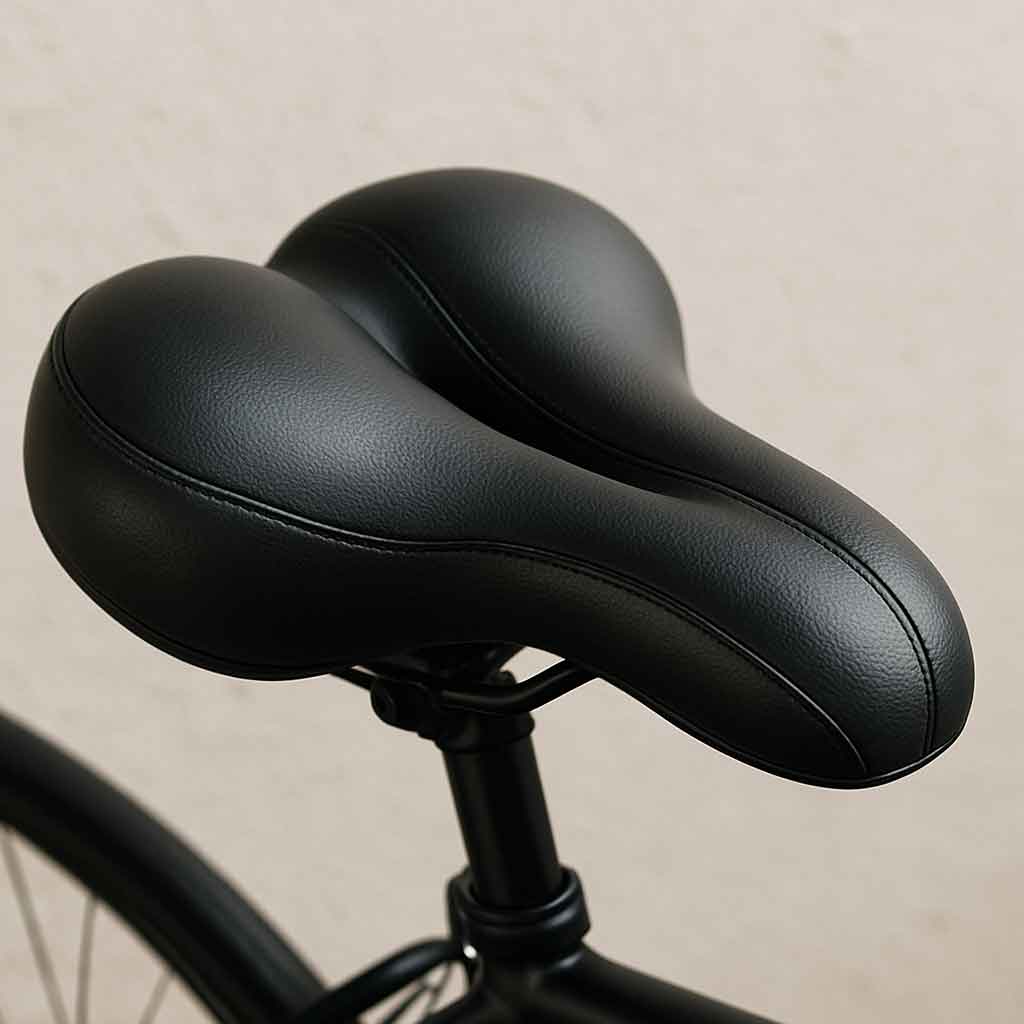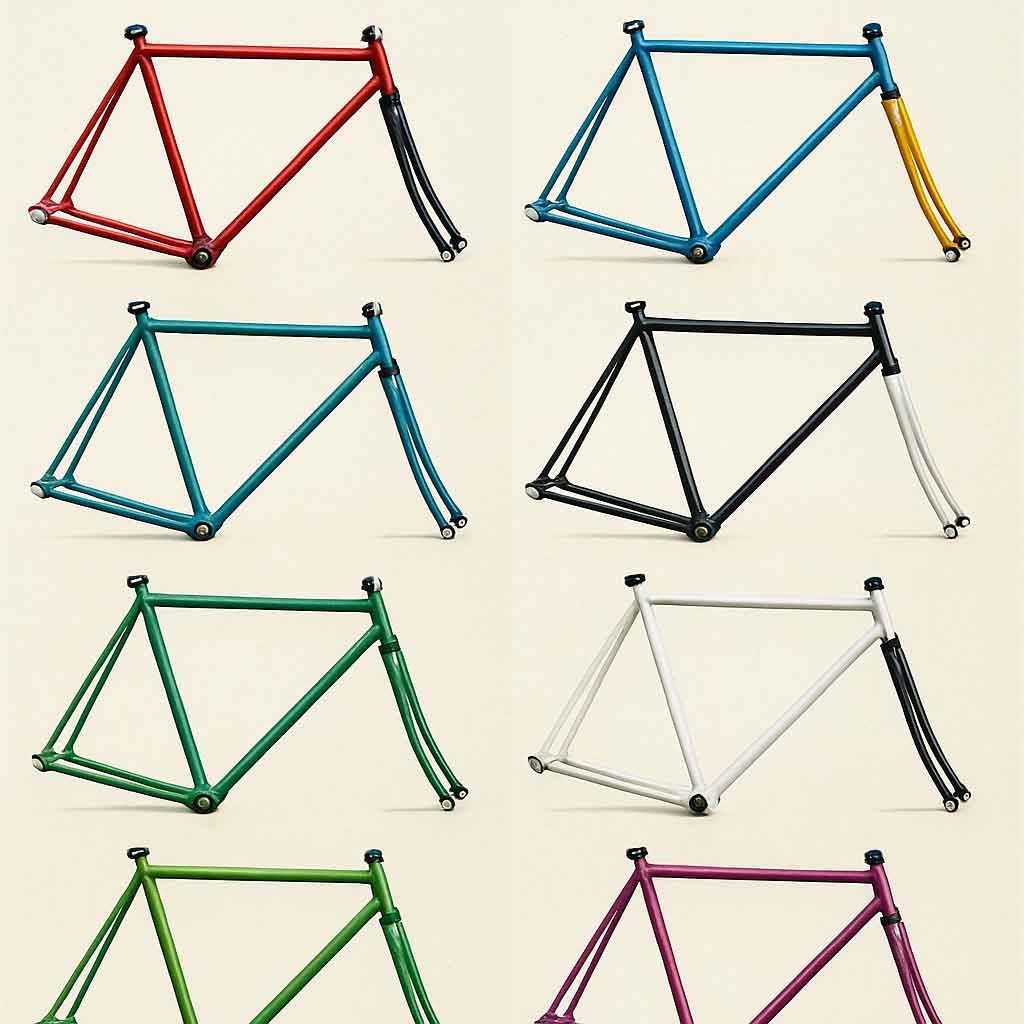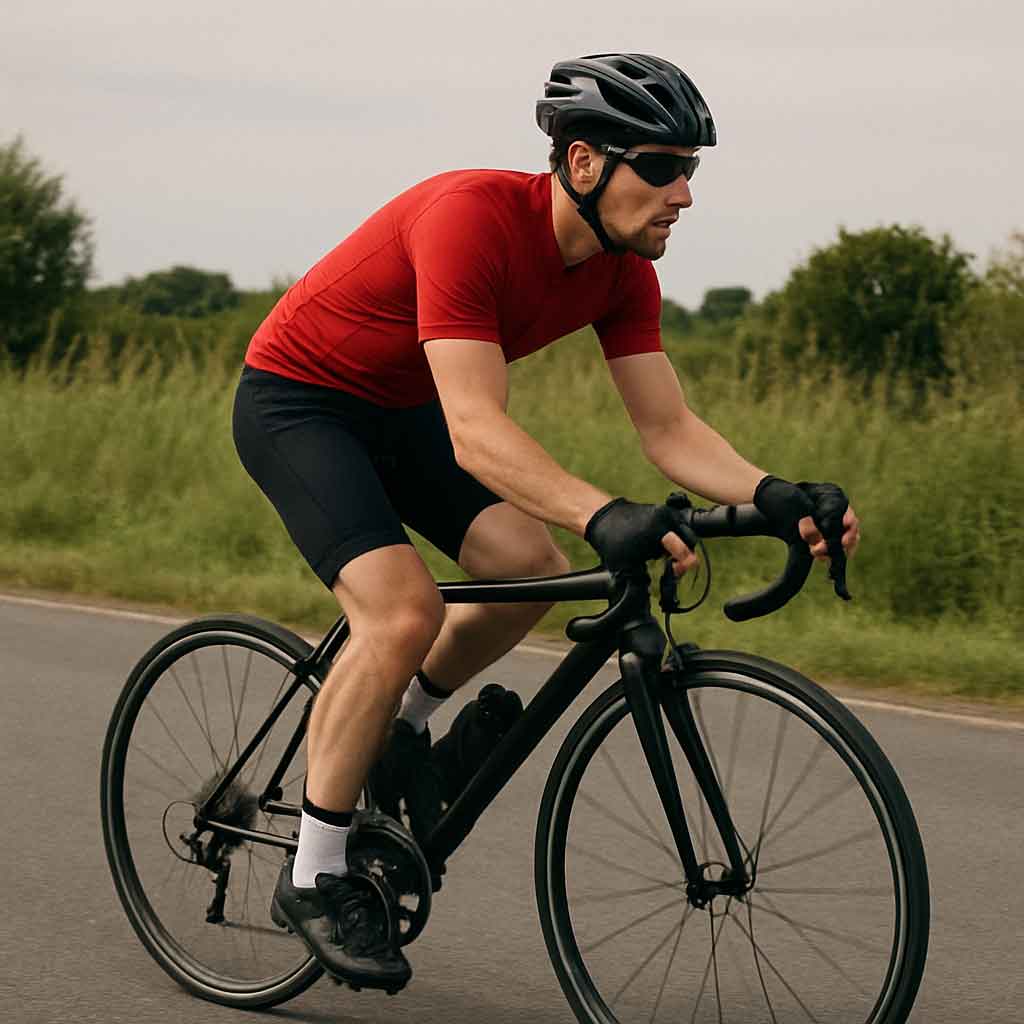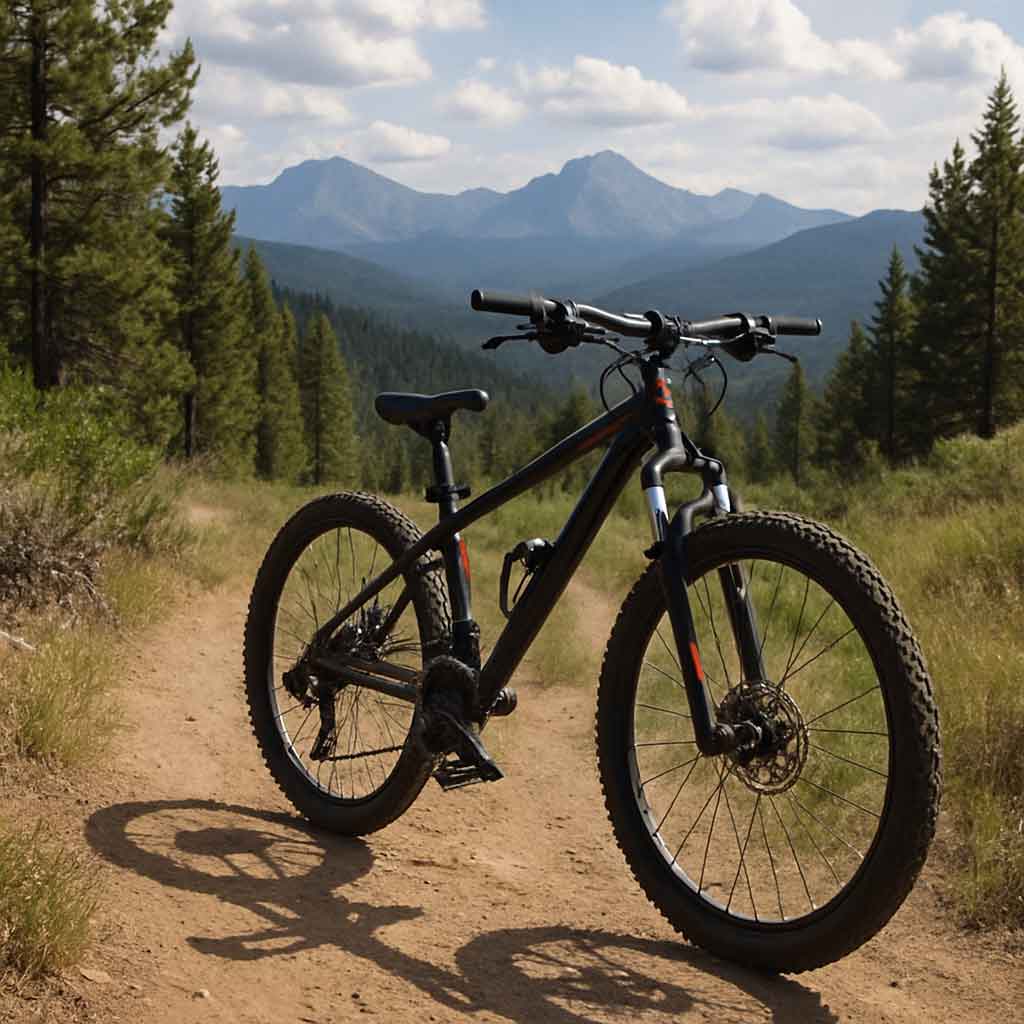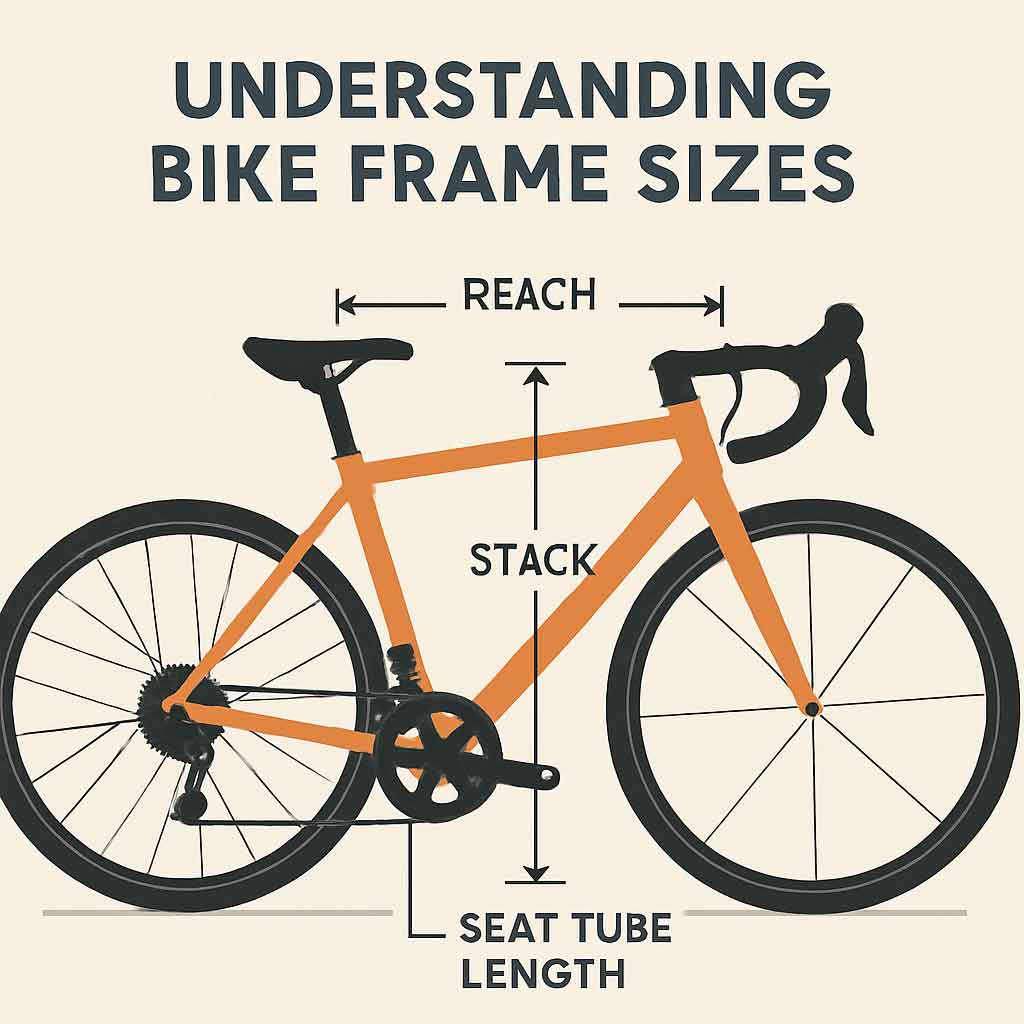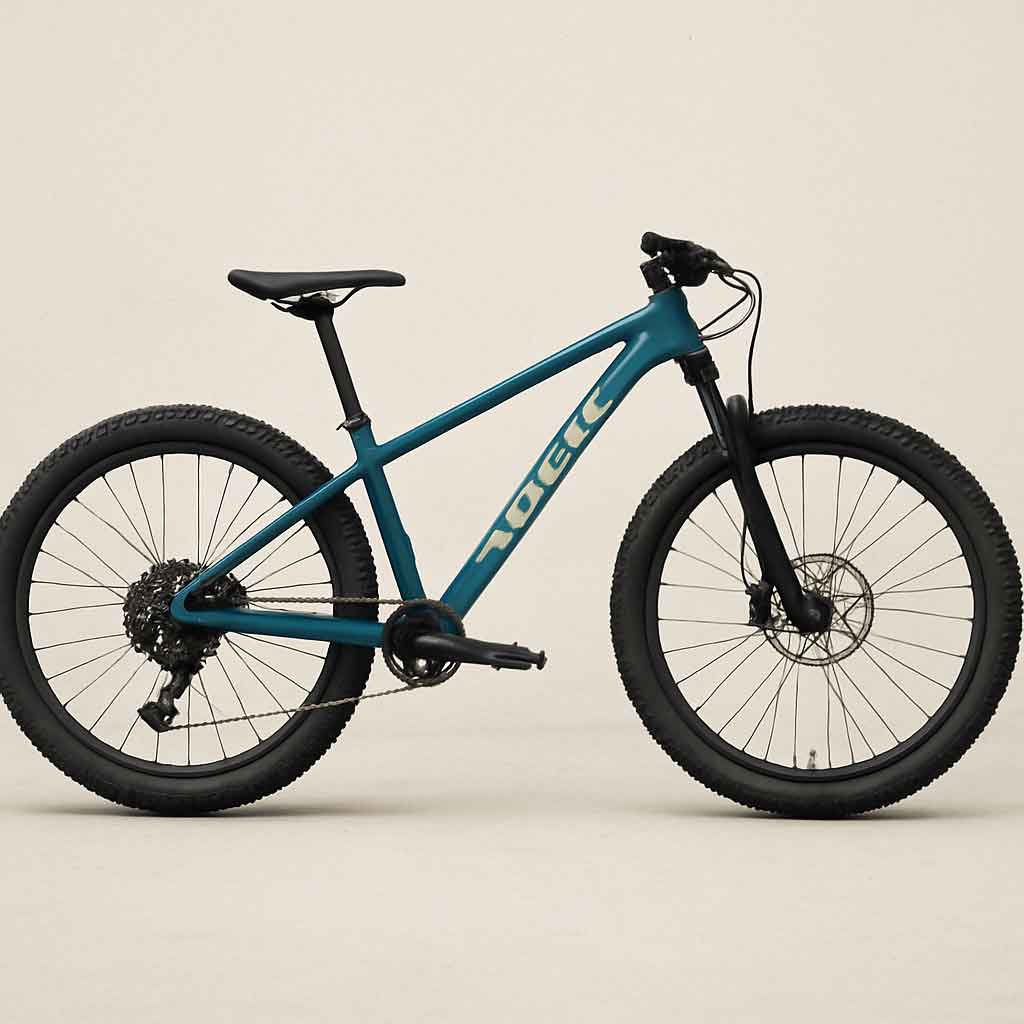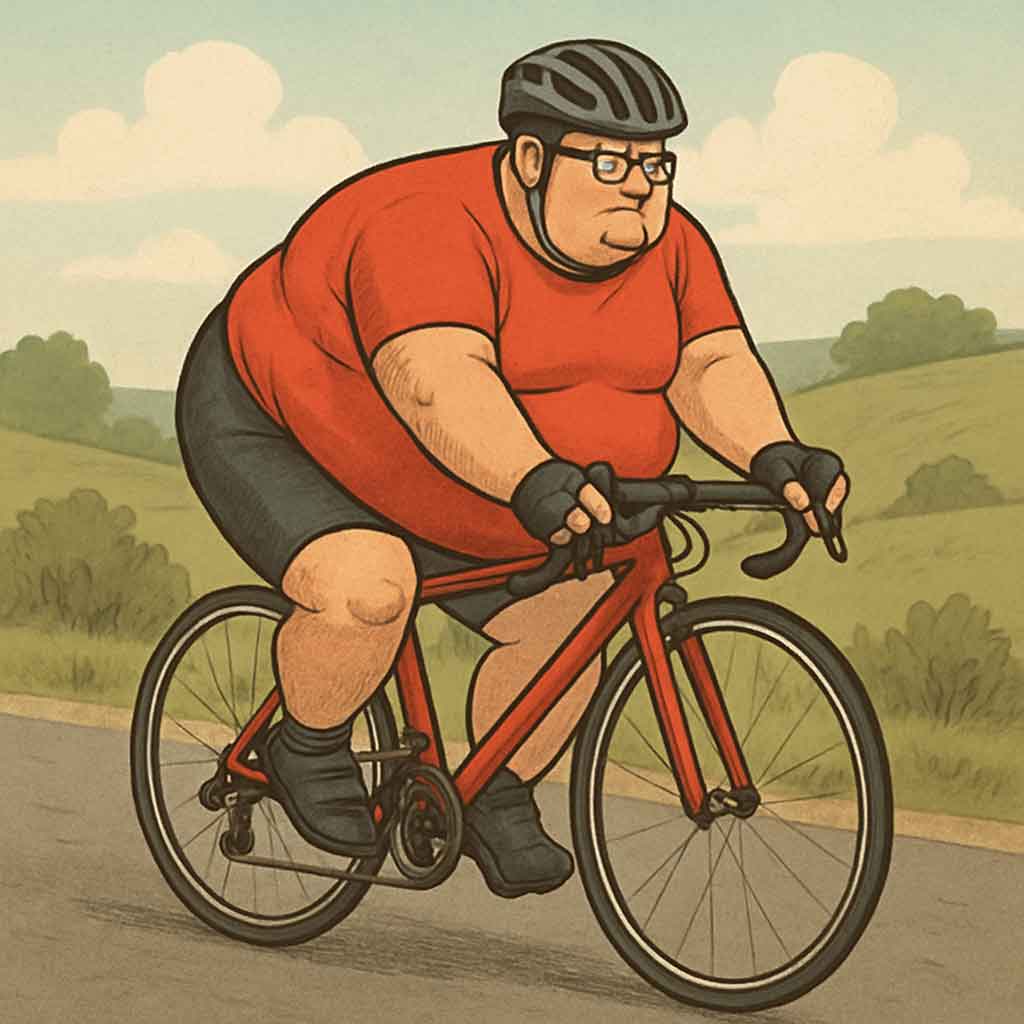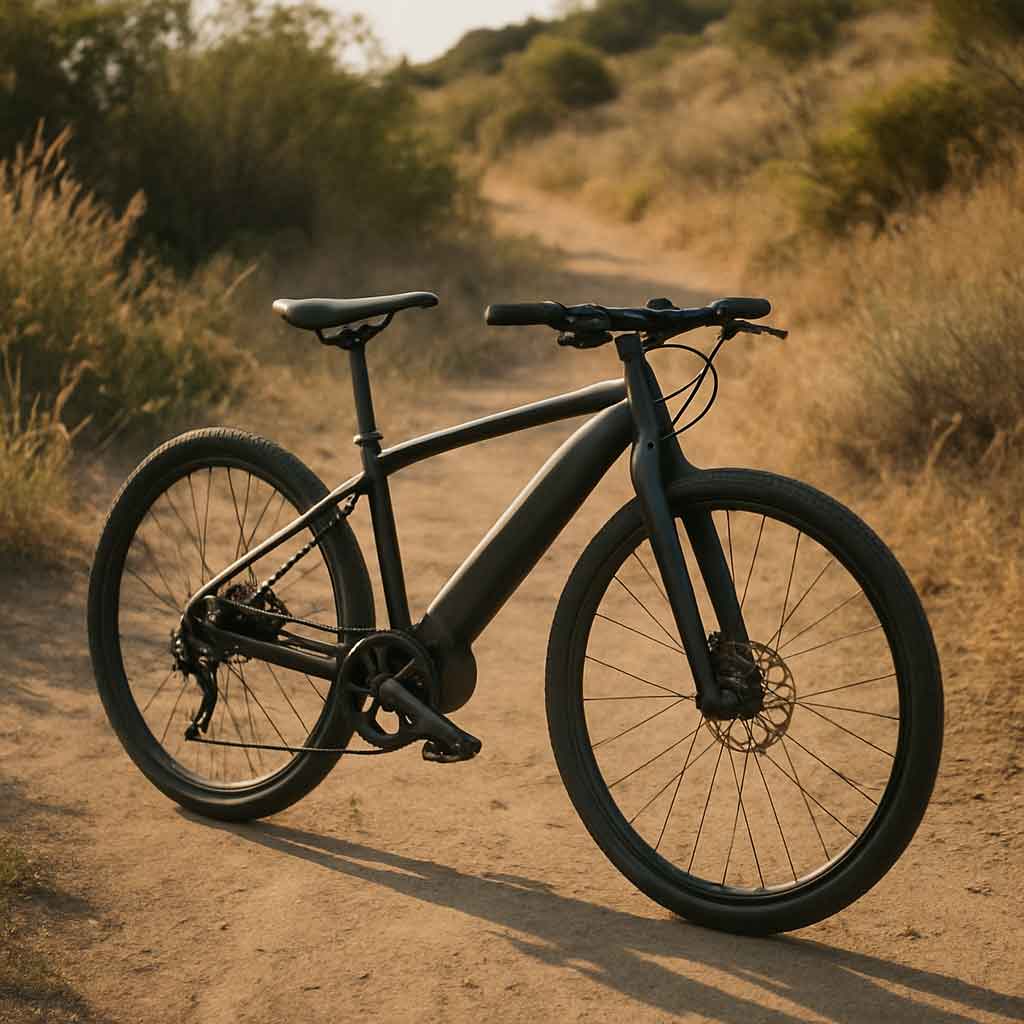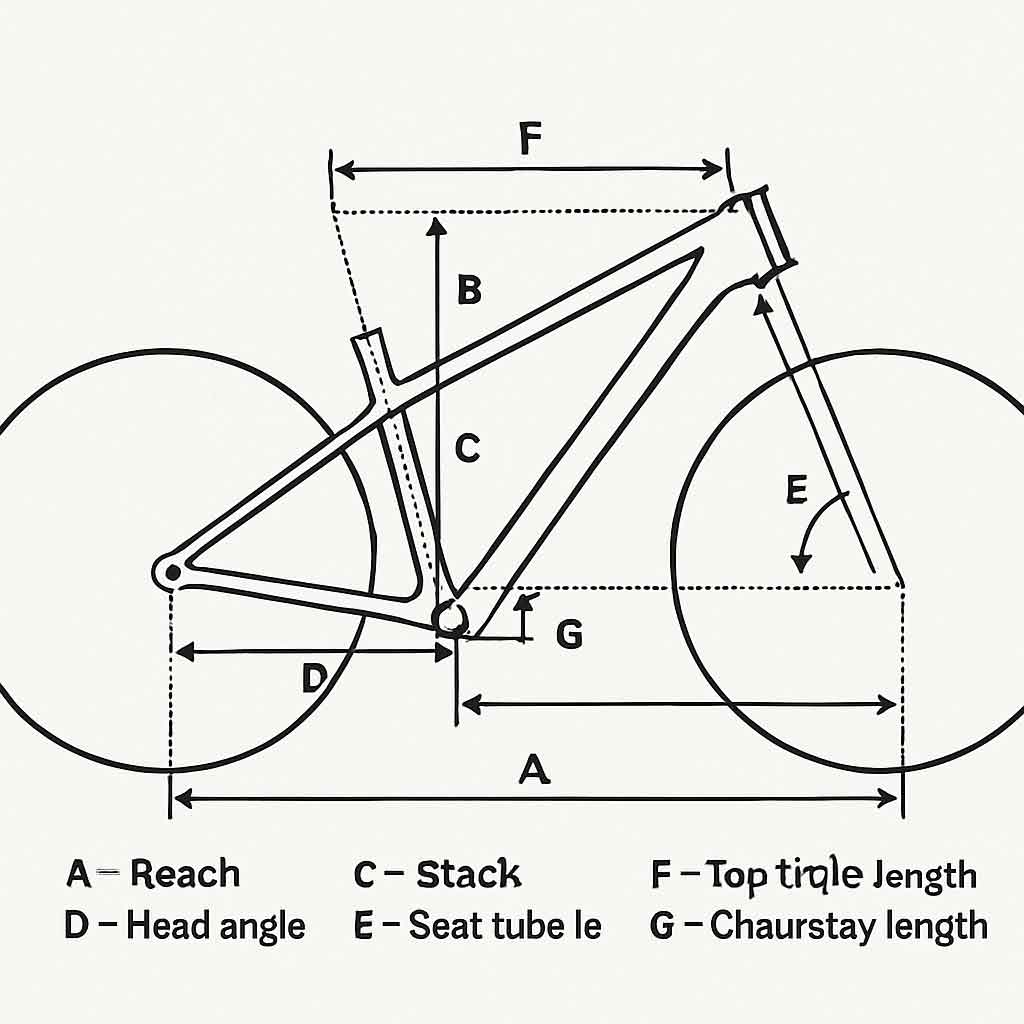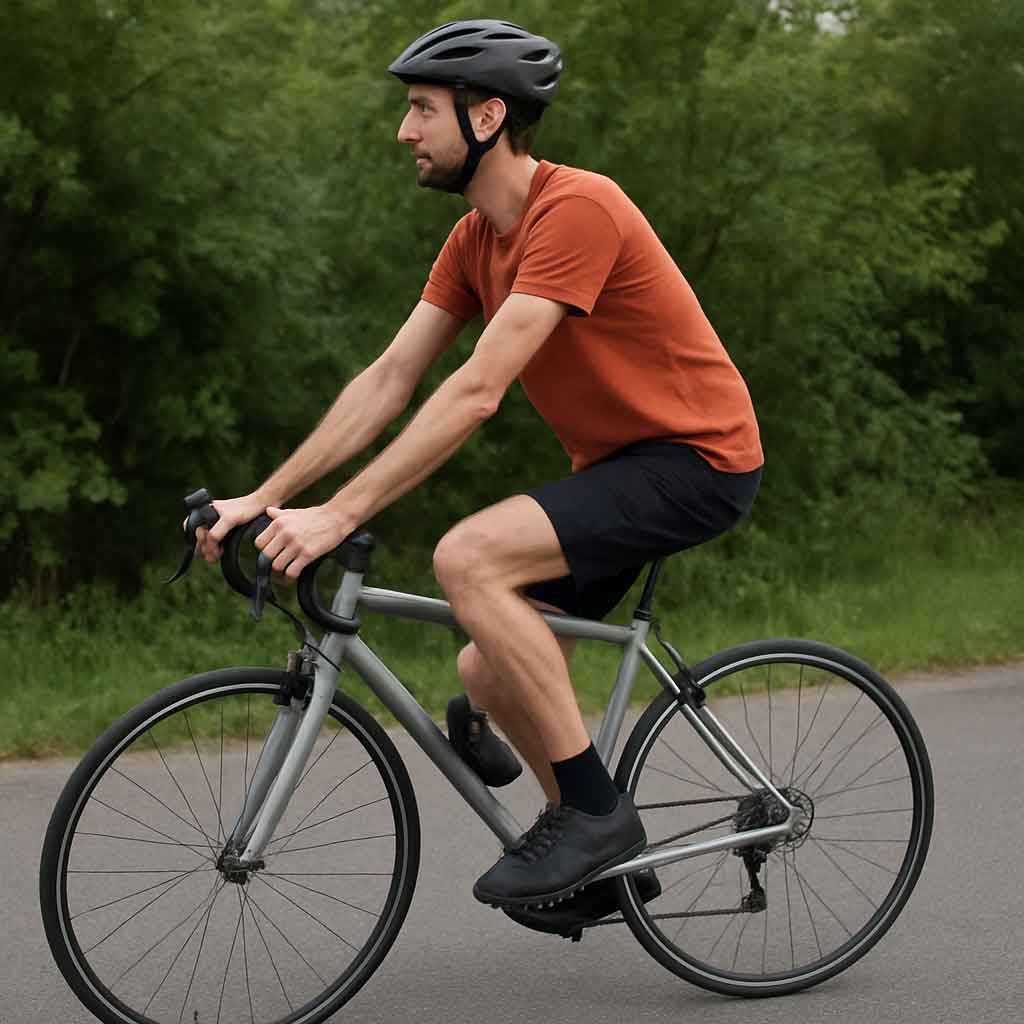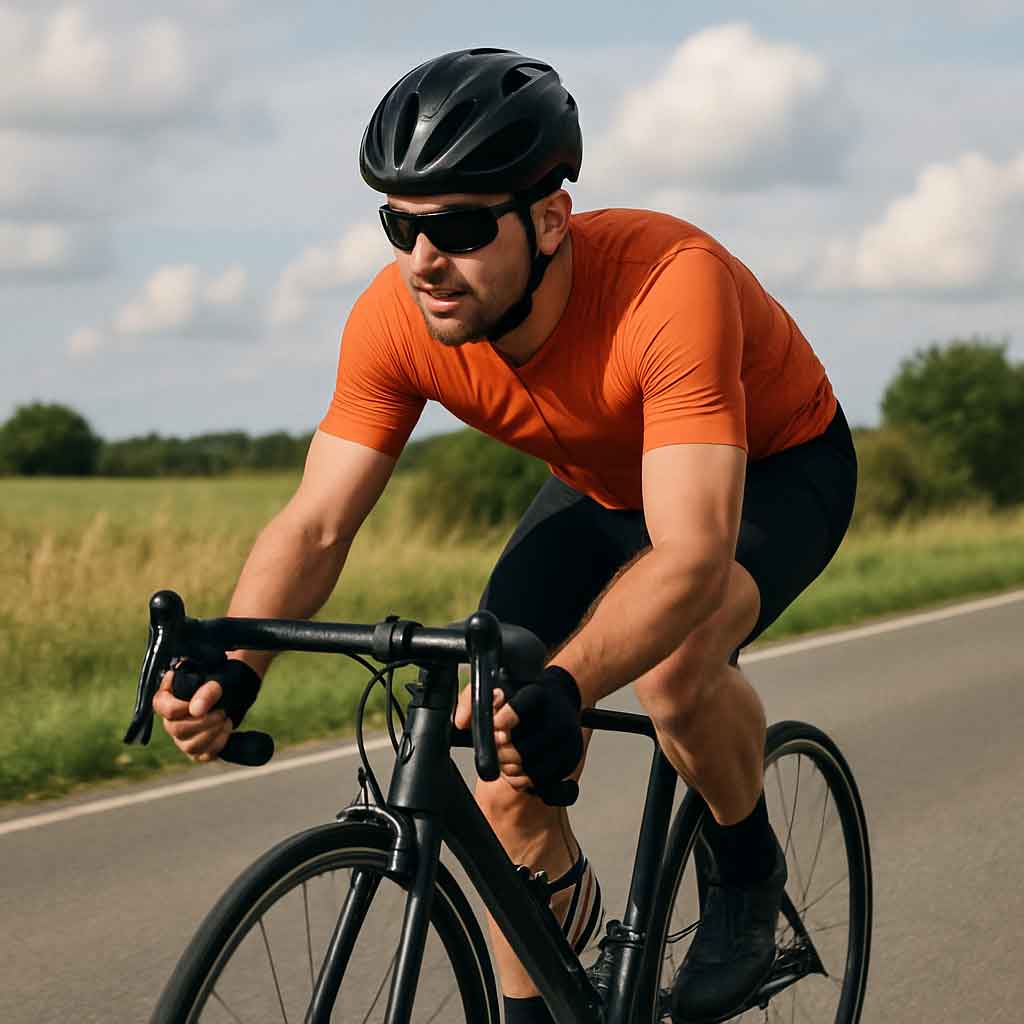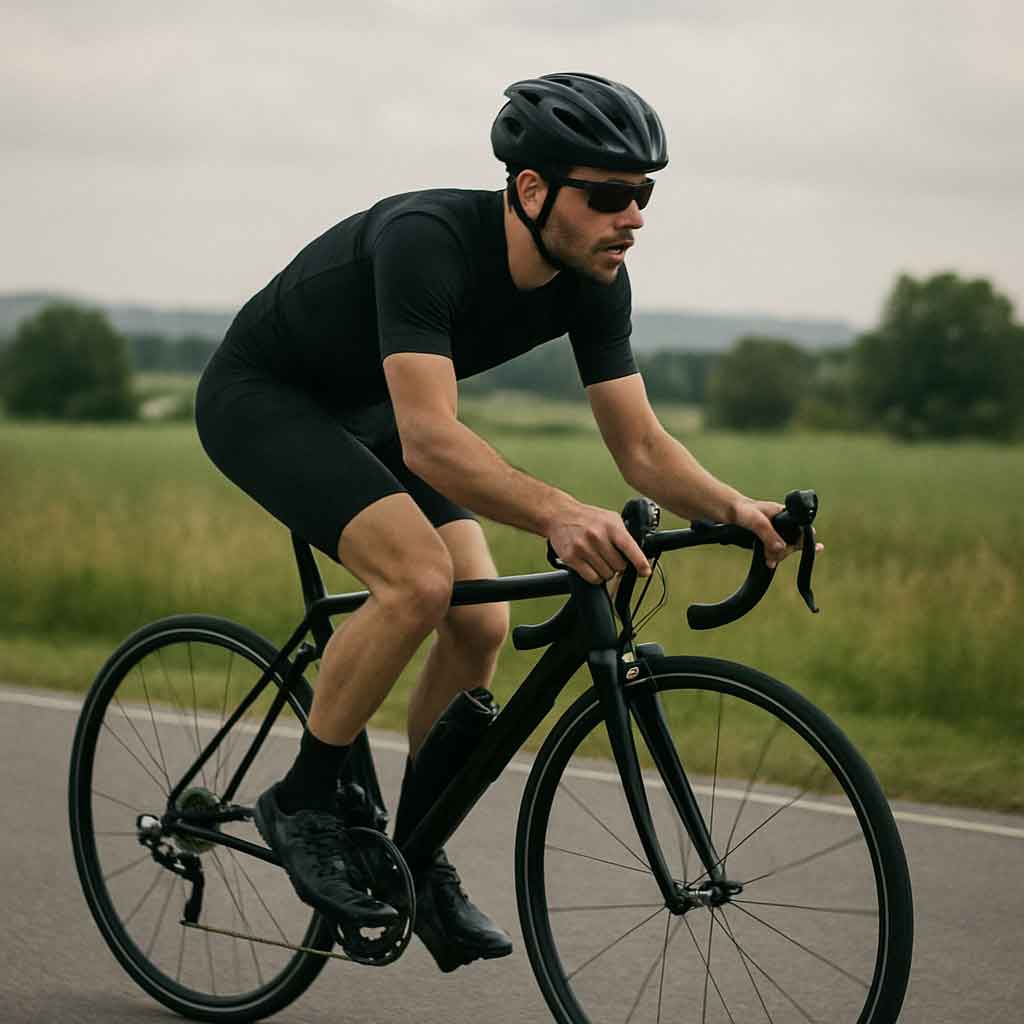
Protection from Head Injuries
The primary purpose of a cycling helmet is to protect your head in case of an accident. Helmets are designed to absorb the impact and reduce the risk of serious head injuries. In the event of a fall or collision, the helmet's hard outer shell and foam lining work together to disperse the force, minimizing damage to the skull and brain. This protective function is critical for cyclists who travel at high speeds or navigate through traffic.
Legal Requirements and Compliance
In many regions, wearing a bike helmet is not just a recommendation but a legal requirement. Laws mandating helmet use are in place to ensure public safety and reduce the number of head injuries. Compliance with these laws not only avoids fines but also fosters a culture of safety among cyclists. Understanding the specific helmet laws in your area can prevent legal issues and encourage responsible cycling habits.
Enhancing Cycling Confidence
Wearing a helmet can also boost a cyclist’s confidence. Knowing that you have an added layer of protection allows you to focus more on your performance and less on potential dangers. This psychological benefit is particularly important for new cyclists or those tackling challenging terrains. Helmets with additional features like visors and integrated lights can further enhance your sense of security, encouraging longer and more adventurous rides.
Types of Bike Helmets
There are several types of bike helmets, each designed for specific cycling activities. Here are the most common types:
Road Bike Helmets
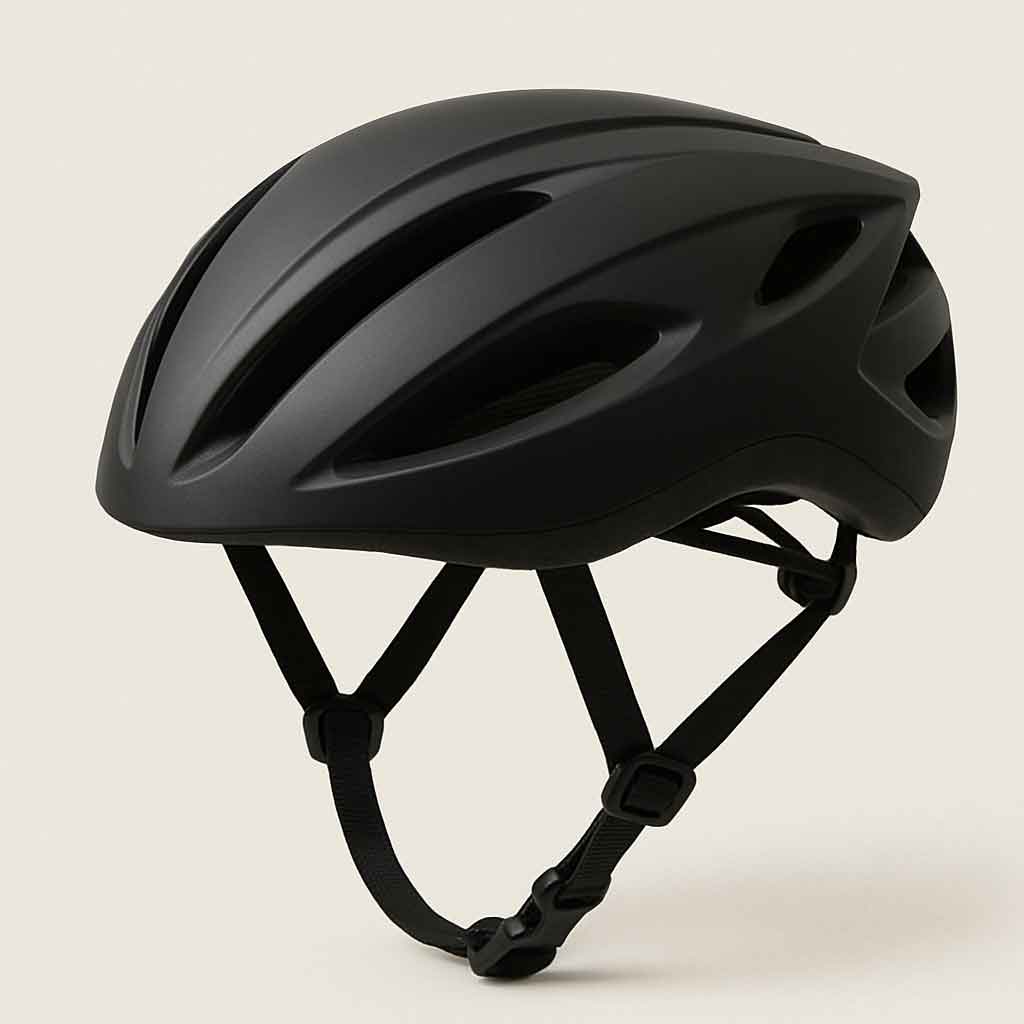
Road bike helmets are lightweight and aerodynamic, making them ideal for speed and efficiency. They typically have numerous vents to keep you cool on long rides. The best road cycling helmet should fit snugly and offer excellent ventilation.
Aerodynamic Design
The aerodynamic design of road bike helmets reduces air resistance, enabling cyclists to maintain higher speeds with less effort. This design feature is especially beneficial for competitive road cyclists and triathletes who prioritize speed. The sleek shape often includes a reduced frontal area and smooth surfaces that channel air efficiently over the helmet.
Ventilation Systems
Ventilation is a key consideration in road bike helmets. Advanced models feature strategically placed vents that optimize airflow, keeping riders cool and comfortable during intense rides. The placement and size of these vents are engineered to maximize cooling without compromising the helmet's structural integrity or safety.
Lightweight Construction
Weight is a crucial factor in road cycling, where every gram counts. Road bike helmets are constructed with lightweight materials such as polycarbonate and EPS foam to minimize neck strain and improve performance. Despite their lightweight nature, these helmets are rigorously tested to meet safety standards, ensuring that they provide reliable protection.
Mountain Bike Helmets
Mountain bike helmets offer more coverage than road helmets, particularly at the back of the head. They often have visors to shield the eyes from the sun and debris. While they are heavier than road helmets, they provide extra protection for off-road cycling.
Enhanced Protection Features
Mountain bike helmets are designed with additional protection in mind, featuring extended coverage at the rear and sides. This extra protection is vital for navigating rugged trails and unpredictable terrains where falls are more common. The robust construction ensures that the helmet can withstand impacts from multiple angles.
Integrated Visors
The inclusion of a visor is a distinctive feature of mountain bike helmets. Visors protect against glare, rain, and trail debris, allowing riders to maintain clear vision and focus. Some models offer adjustable visors that can be tilted to suit different lighting conditions and personal preferences.
Durability and Stability
Mountain biking demands helmets that are both durable and stable. These helmets are made from tough, impact-resistant materials that can endure the rigors of trail riding. Retention systems are designed to keep the helmet securely in place, even on bumpy and uneven surfaces, ensuring consistent protection.
Commuter Bike Helmets
Commuter helmets are designed for everyday use, offering a balance between comfort and protection. They often have features like integrated lights and reflective elements for better visibility in urban environments.
Everyday Comfort
Commuter helmets prioritize comfort for daily wear, featuring plush padding and easy-to-adjust fit systems. These elements ensure that the helmet remains comfortable during commutes of varying lengths, making it more likely that cyclists will wear them consistently.
Visibility Enhancements
Urban cycling often occurs in low-light conditions, making visibility a crucial safety factor. Commuter helmets often include built-in lights or reflective strips that increase a cyclist's visibility to drivers and pedestrians. These features are particularly beneficial for evening or early morning rides.
Practical Features
Many commuter helmets come with practical features tailored to urban environments, such as rain covers and storage-friendly designs. These features accommodate the unique challenges of city cycling, such as sudden weather changes and limited storage space, enhancing the overall riding experience.
Low Profile Helmets
If style is a concern, low profile bicycle helmets offer a sleek look without compromising safety. These helmets are less bulky and have a more streamlined design.
Sleek Aesthetics
Low profile helmets are popular among cyclists who value style as much as safety. Their minimalist design appeals to those seeking a modern, understated look. Despite their reduced bulk, these helmets meet safety standards, ensuring that style does not come at the expense of protection.
Streamlined Fit
The streamlined fit of low profile helmets provides a snug yet comfortable feel, minimizing wind resistance and enhancing aerodynamics. This design is particularly appealing for urban cyclists who desire both function and form in their gear.
Versatile Use
Low profile helmets are versatile, suitable for a range of cycling activities from commuting to casual rides. Their stylish appearance makes them a popular choice for cyclists who transition between biking and other daily activities, allowing for seamless integration into their lifestyle.
Features to Look for in a Helmet
When choosing a bicycle helmet for men, consider the following features:
Fit and Comfort
A helmet should fit snugly without being too tight. Many helmets come with adjustable straps and retention systems to ensure a secure fit. Try on different sizes and models to find what feels most comfortable.
Adjustable Fit Systems
Modern helmets are equipped with advanced adjustable fit systems that allow for a customized fit. These systems often include dial-adjust mechanisms that can be easily operated with one hand, ensuring that the helmet remains secure without causing discomfort during rides.
Padding and Liners
The interior of the helmet is lined with padding that enhances comfort and absorbs sweat. High-quality helmets offer removable and washable liners, ensuring hygiene and longevity. The padding is strategically placed to cushion the head without creating pressure points, providing a comfortable fit for extended wear.
Size Variability
Helmets come in various sizes to accommodate different head shapes and sizes. It's crucial to measure your head circumference accurately and refer to the manufacturer’s sizing chart to find the right fit. A well-fitting helmet should sit level on the head and rest just above the eyebrows.
Ventilation
Proper ventilation is essential for keeping cool during long rides. The best ventilated helmet cycling models have strategically placed vents to allow maximum airflow.
Vent Placement and Design
The placement and design of vents are critical to effective ventilation. High-quality helmets feature vents that draw air in from the front, channel it through internal channels, and release it out the back. This airflow system reduces heat buildup and keeps the rider cool and comfortable.
Cooling Technologies
Some helmets incorporate advanced cooling technologies, such as moisture-wicking materials and internal air channels, to enhance ventilation. These technologies work in tandem with the vent system to regulate temperature and wick away sweat, ensuring a pleasant riding experience even in hot weather.
Impact on Performance
Good ventilation not only improves comfort but also enhances performance by preventing overheating. Cyclists who remain cool can maintain their energy levels longer, allowing for sustained performance during extended rides or competitions.
Weight
The lightest cycling helmets are preferred by many cyclists for long rides, as they reduce neck strain. However, ensure that the helmet still meets safety standards.
Material Composition
Lightweight helmets are typically made from materials like polycarbonate and expanded polystyrene (EPS), which provide strength without excessive weight. These materials are selected for their ability to absorb impact while minimizing the overall weight of the helmet.
Impact on Cycling Comfort
Lighter helmets reduce the strain on the neck and shoulders, which is especially beneficial on long rides. The reduced weight contributes to overall comfort, allowing cyclists to focus on their performance rather than the burden of a heavy helmet.
Balance Between Weight and Safety
While lightweight helmets are desirable, it is crucial to ensure that they do not compromise on safety. High-quality helmets strike a balance between being lightweight and meeting rigorous safety standards, providing both comfort and protection.
Safety Standards
Check for certification marks such as CPSC, EN 1078, or AS/NZS 2063, which indicate the helmet has passed safety tests.
Understanding Certification Marks
Certification marks indicate that a helmet has met specific safety criteria set by regulatory bodies. For instance, the CPSC mark is a common certification in the United States, ensuring that the helmet meets federal safety standards for impact protection.
Importance of Compliance
Compliance with safety standards is non-negotiable when selecting a helmet. These standards are designed to protect cyclists by ensuring that helmets can withstand significant impacts and provide adequate head protection. Always verify that a helmet bears the appropriate certification marks before purchase.
Continuous Safety Innovation
Manufacturers continually innovate to enhance helmet safety, incorporating technologies like MIPS (Multi-directional Impact Protection System) that provide additional protection against rotational forces. Staying informed about the latest safety advancements can guide you in choosing the most protective helmet available.
Visibility
Some helmets come with reflective elements or integrated lights, enhancing visibility in low-light conditions. This is particularly useful for commuters.
Reflective Elements
Reflective elements on helmets increase a cyclist's visibility to motorists, especially in low-light conditions. These elements are strategically placed to catch light from various angles, making the cyclist more noticeable on the road.
Integrated Lighting Systems
Some helmets feature built-in lighting systems that provide additional visibility. These systems often include front and rear lights with multiple settings, such as steady and flashing modes, to suit different riding conditions and preferences.
Importance for Urban Cyclists
For urban cyclists, enhanced visibility is crucial for navigating busy streets and intersections. Helmets with reflective and lighting features offer an added layer of safety, making them an excellent choice for those who frequently ride in city environments.
Popular Helmet Brands
When considering a bike helmet, the brand can be an indicator of quality and reliability. Here are some top-rated road bike helmets brands:
Giro
Is Giro a good helmet brand? Yes, Giro is well-known for producing high-quality, stylish helmets with innovative features. Their helmets often include MIPS (Multi-directional Impact Protection System) technology for added safety.
Innovative Design
Giro is renowned for its commitment to innovative design, incorporating the latest technologies to enhance both safety and performance. Their helmets often feature unique styling and color options, appealing to a wide range of cyclists.
Advanced Safety Features
Safety is a top priority for Giro, which is evident in their integration of MIPS technology. This system provides an additional layer of protection by reducing rotational forces during impacts, a feature that has become a standard in high-end helmets.
Performance-Driven Models
Giro offers a diverse range of helmets tailored to different cycling disciplines, from road racing to mountain biking. Each model is designed with specific performance goals in mind, ensuring that cyclists have access to the best gear for their needs.
Bell
Bell helmets are renowned for their durability and comfort. They offer a wide range of models suitable for different types of cycling activities.
Heritage of Quality
With decades of experience in helmet manufacturing, Bell has established a reputation for producing durable and reliable helmets. Their commitment to quality has made them a trusted brand among cyclists of all levels.
Versatility Across Disciplines
Bell helmets cater to a variety of cycling disciplines, offering models that suit road cycling, mountain biking, and commuting. This versatility makes Bell a popular choice for cyclists who participate in multiple types of riding.
Focus on Comfort
Bell places a strong emphasis on comfort, incorporating features like adjustable fit systems and breathable padding. These elements ensure that Bell helmets are comfortable for extended wear, encouraging consistent use.
Specialized
Specialized helmets are designed with performance in mind, offering advanced aerodynamics and ventilation.
Cutting-Edge Aerodynamics
Specialized helmets are engineered for aerodynamic efficiency, reducing drag and improving speed. This focus on aerodynamics is particularly beneficial for competitive cyclists who seek to optimize their performance.
Superior Ventilation
Ventilation is a hallmark of Specialized helmets, with models featuring innovative cooling systems that enhance airflow. This superior ventilation keeps riders comfortable, even during intense efforts or in hot weather.
Commitment to Innovation
Specialized is dedicated to innovation, continually researching and developing new technologies to improve helmet performance and safety. Their commitment to advancing cycling gear has earned them a loyal following among serious cyclists.
Top Picks for Cool Men's Bike Helmets

by Amr Taha™ (https://unsplash.com/@amr_taha)
- Giro Aether MIPS: Known for its unique design and exceptional safety features, this helmet is a top choice for serious road cyclists.The Giro Aether MIPS sets a benchmark in helmet design with its distinctive look and groundbreaking safety features. Its dual-density EPS foam liner and proprietary MIPS Spherical technology provide superior protection against impacts from multiple directions. The helmet's unique design not only enhances safety but also offers excellent ventilation, making it ideal for long rides.The Aether MIPS features a six-piece shell that allows for independent movement between the helmet layers, reducing rotational forces during impacts. This advanced construction ensures the helmet provides maximum protection without compromising on comfort or style.With a focus on aesthetics, the Giro Aether MIPS is available in a range of colors and finishes, allowing cyclists to choose a helmet that complements their personal style while prioritizing safety.
- Bell Z20 MIPS: Offers a perfect blend of comfort, style, and safety, making it one of the best bicycle helmets available.The Bell Z20 MIPS is celebrated for its comprehensive approach to safety and comfort. It features a dual-layer EPS foam construction and integrated MIPS technology, providing enhanced protection against both linear and rotational impacts.Comfort is a key feature of the Z20 MIPS, with its Float Fit Race retention system offering an easily adjustable, secure fit. The helmet's Sweat Guide padding helps manage moisture, keeping riders dry and comfortable during intense rides.Style and functionality are seamlessly integrated into the Z20 MIPS, with a sleek design and reflective elements for increased visibility. This helmet is a versatile choice for cyclists who value safety, comfort, and aesthetics.
- Specialized S-Works Prevail II: One of the lightest bicycle helmets on the market, ideal for competitive cyclists.The Specialized S-Works Prevail II is a top contender for cyclists seeking a lightweight helmet that doesn't compromise on safety. Its ultra-light construction is achieved through the use of advanced materials and a streamlined design.Despite its minimal weight, the Prevail II boasts exceptional safety features, including a patented Energy Optimized Multi-Density EPS construction that efficiently absorbs impact forces.Ventilation is a standout feature of the Prevail II, with its extensive vent system promoting optimal airflow and temperature regulation. This helmet is a preferred choice for competitive cyclists who demand the highest levels of performance and comfort.
Conclusion
Choosing the right bike helmet is crucial for safety and comfort while cycling. Whether you're looking for the coolest looking bike helmets or the best cycle helmets for road bikes, consider factors such as fit, ventilation, and safety standards. With the right helmet, you can enjoy your rides with peace of mind, knowing you're protected. Always remember, the best road bike helmet is the one that meets your specific needs and preferences.
Importance of Informed Choices
Investing time in selecting the right helmet pays off in the long run. A well-chosen helmet enhances your cycling experience by providing comfort, protection, and style. Understanding the features and technologies available helps you make informed choices that align with your cycling goals.
Personalized Recommendations
Consider your cycling habits and personal preferences when selecting a helmet. Whether you prioritize aerodynamics, comfort, or style, there's a helmet tailored to meet your needs. Personalized recommendations from fellow cyclists or professional fitters can also guide you toward the best choice.
Commitment to Safety
Invest in a quality helmet today and make every ride a safe and enjoyable experience. Your commitment to wearing a helmet not only protects you but also sets a positive example for others, promoting a culture of safety in the cycling community.


